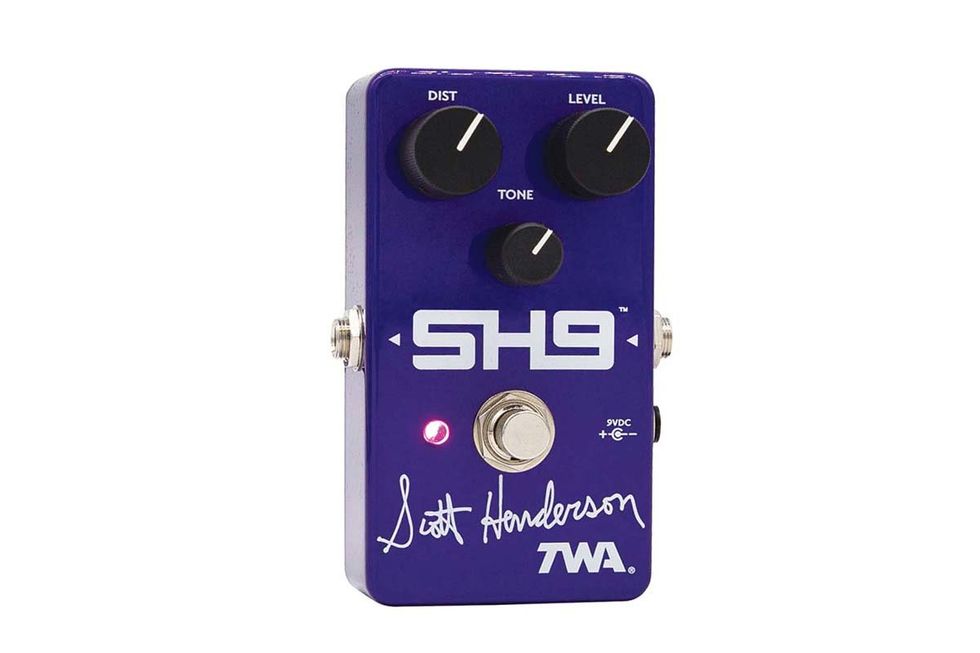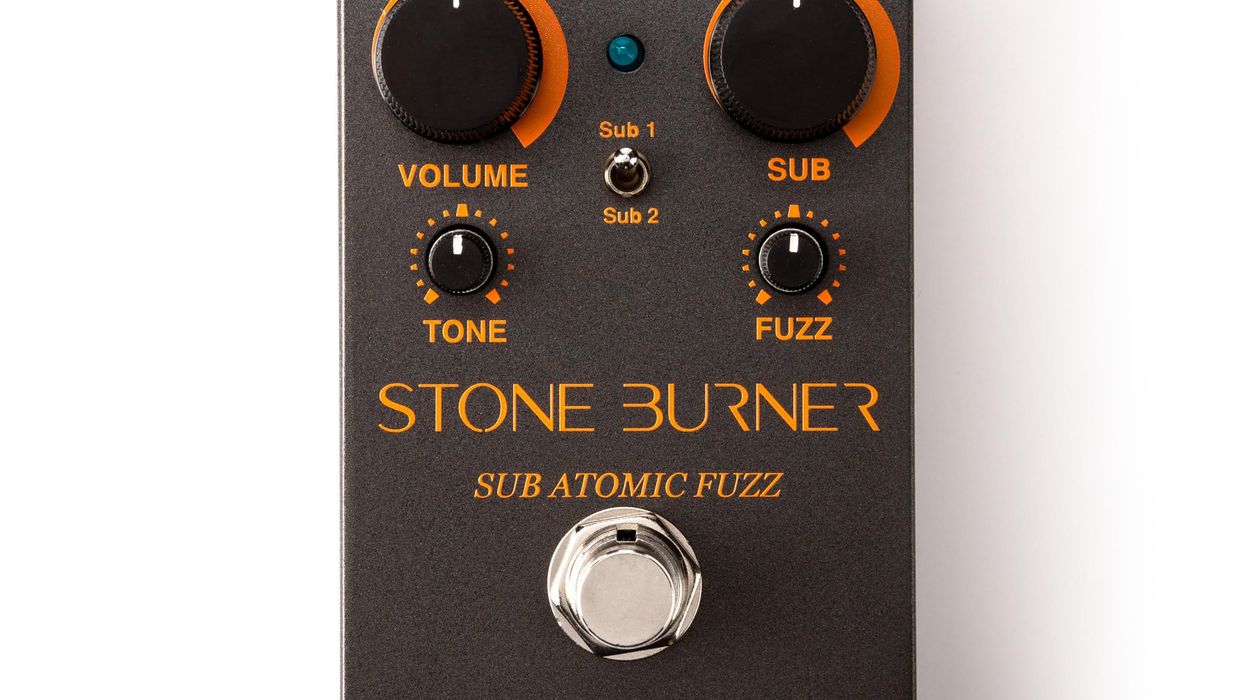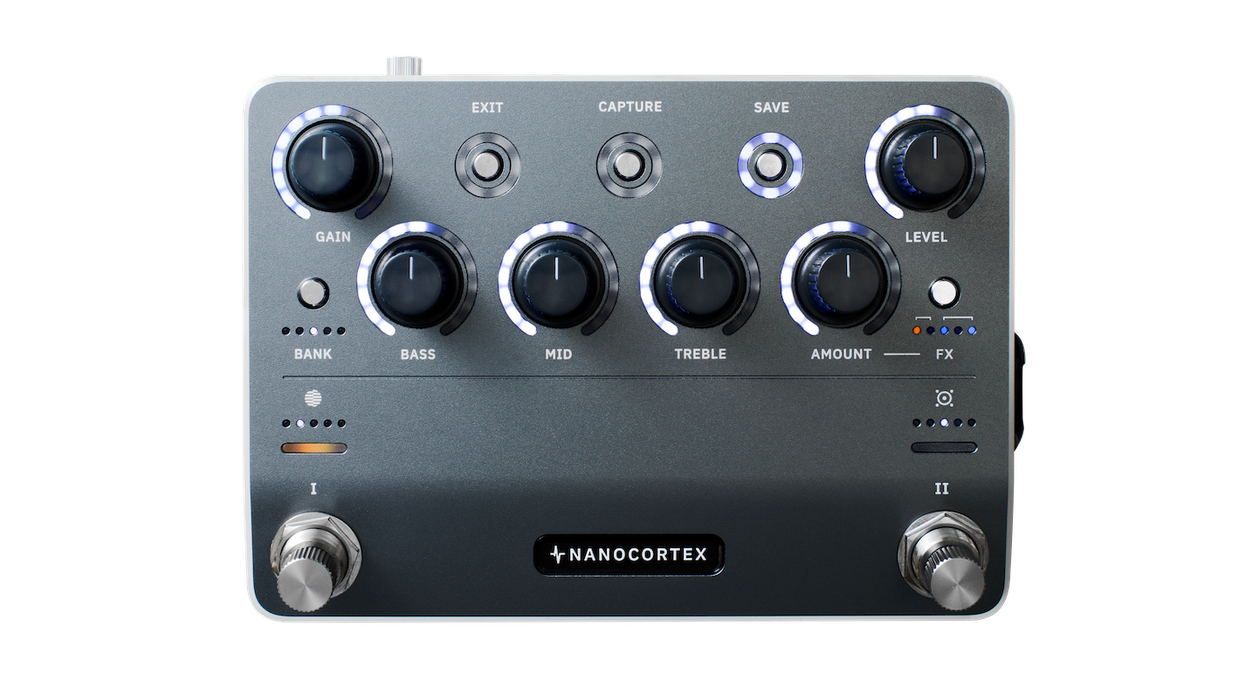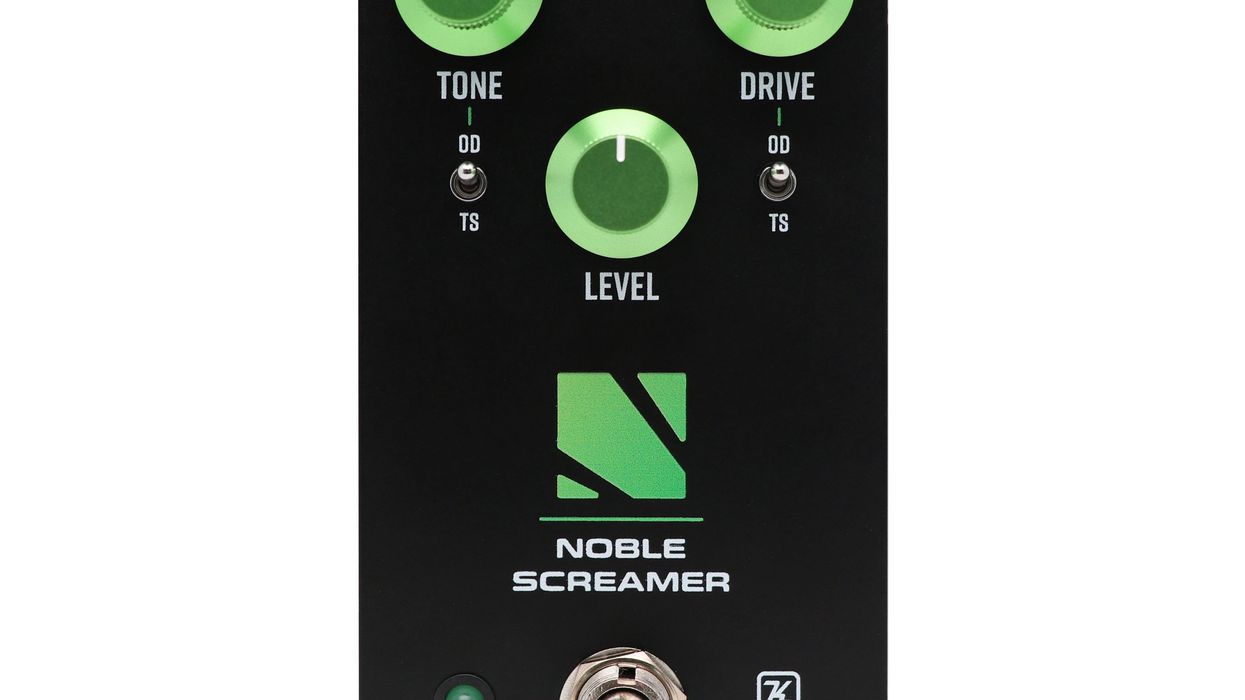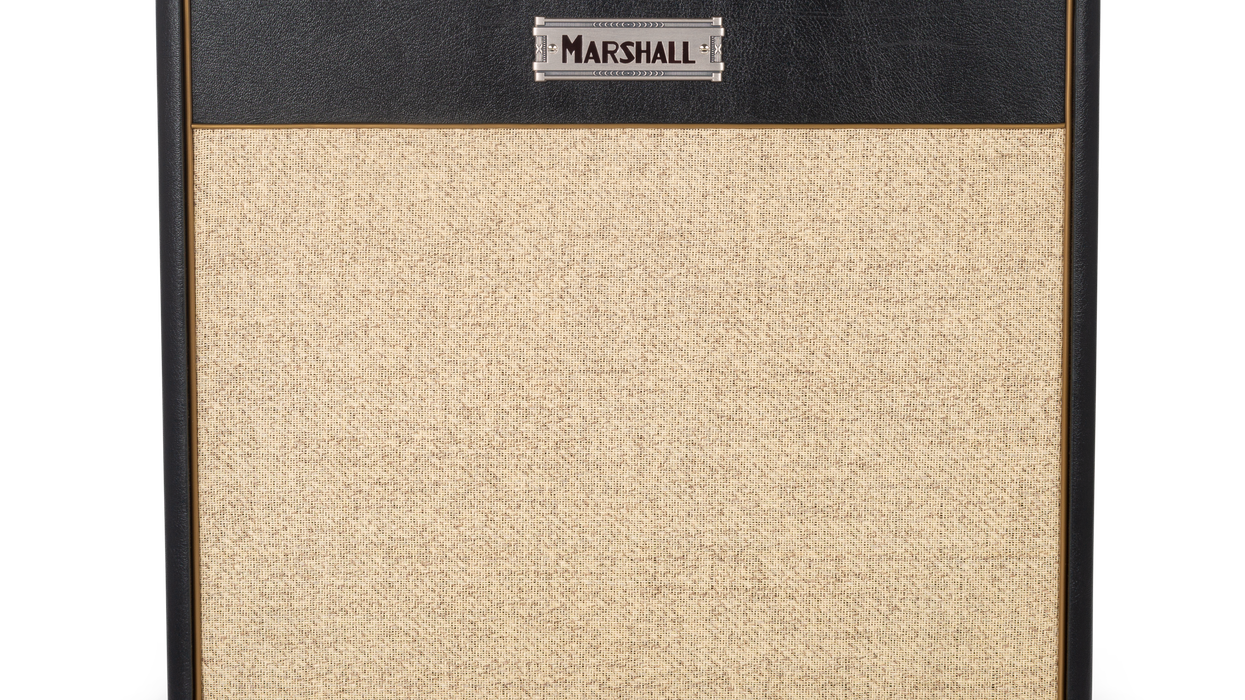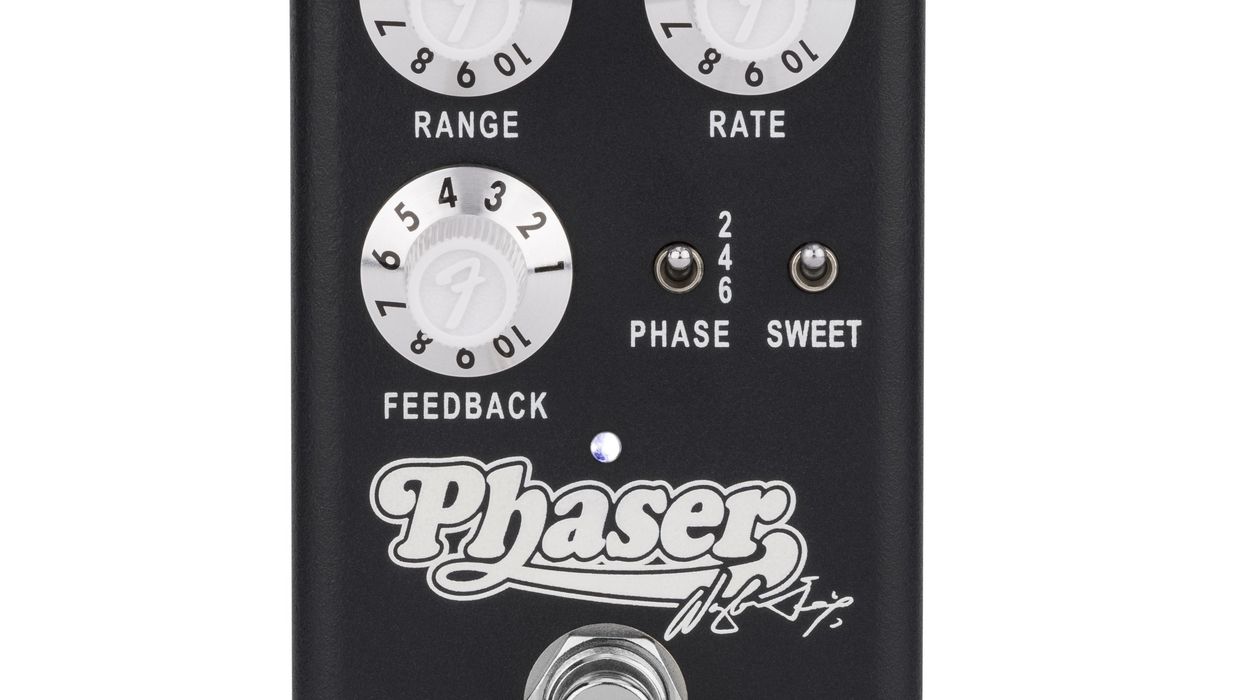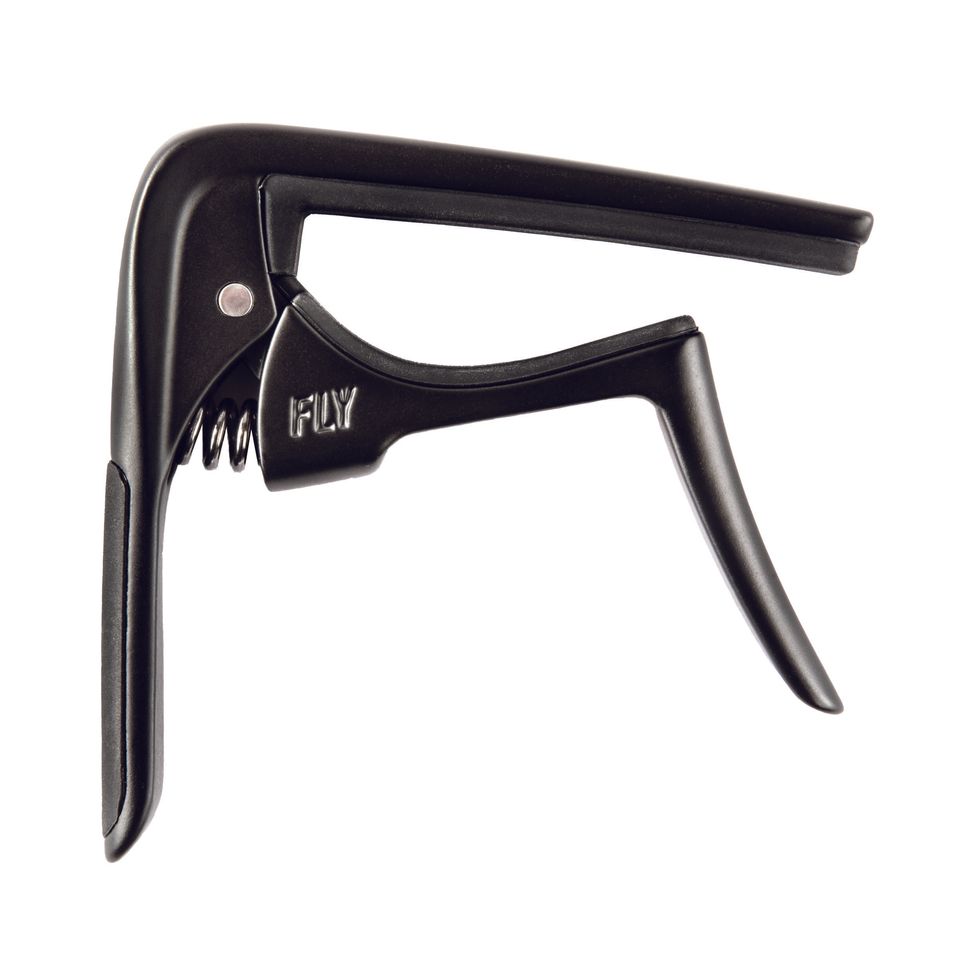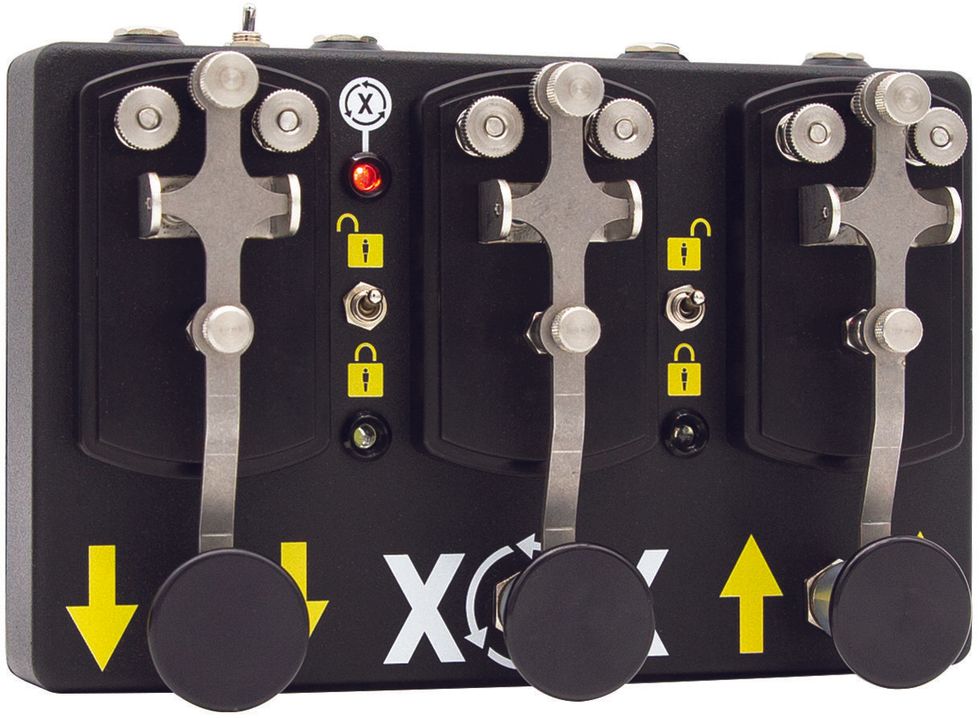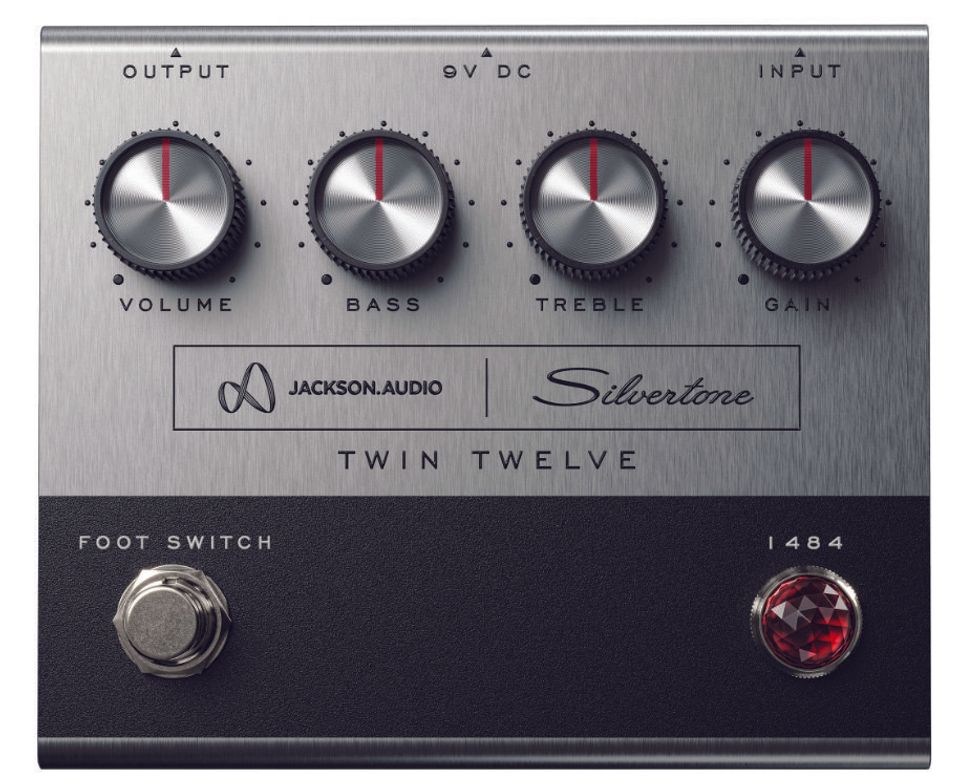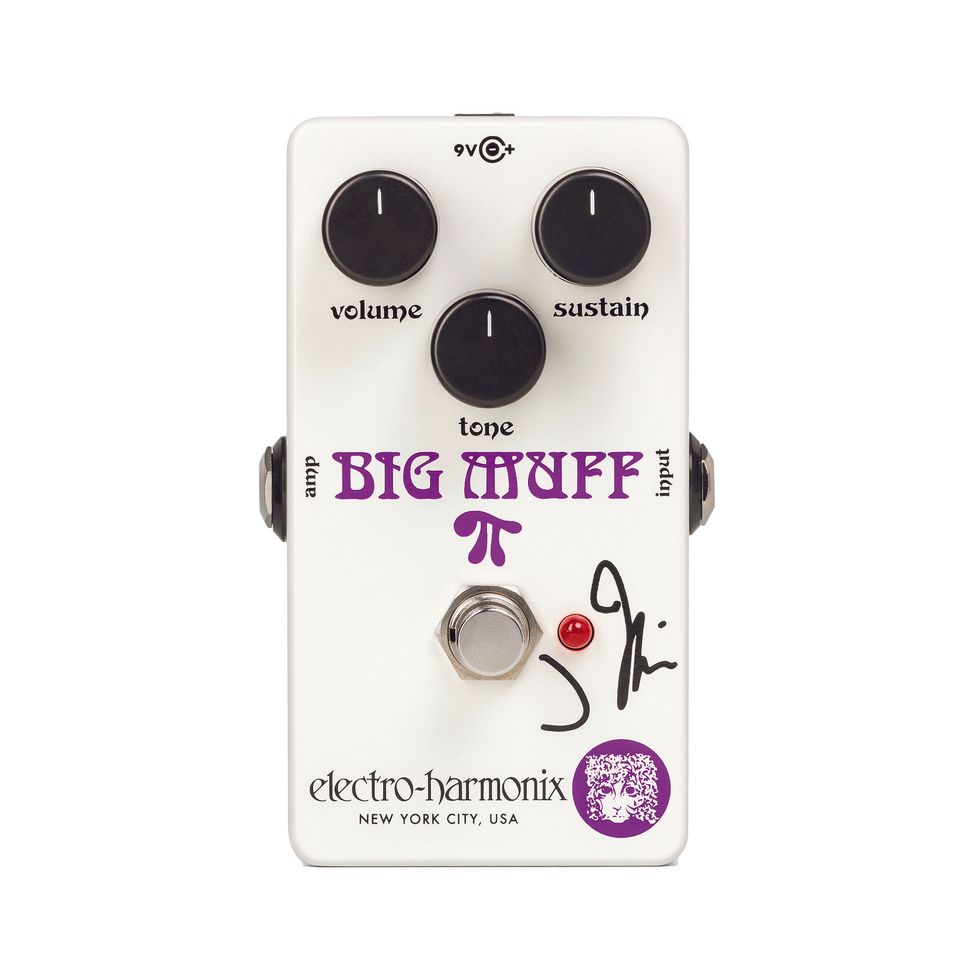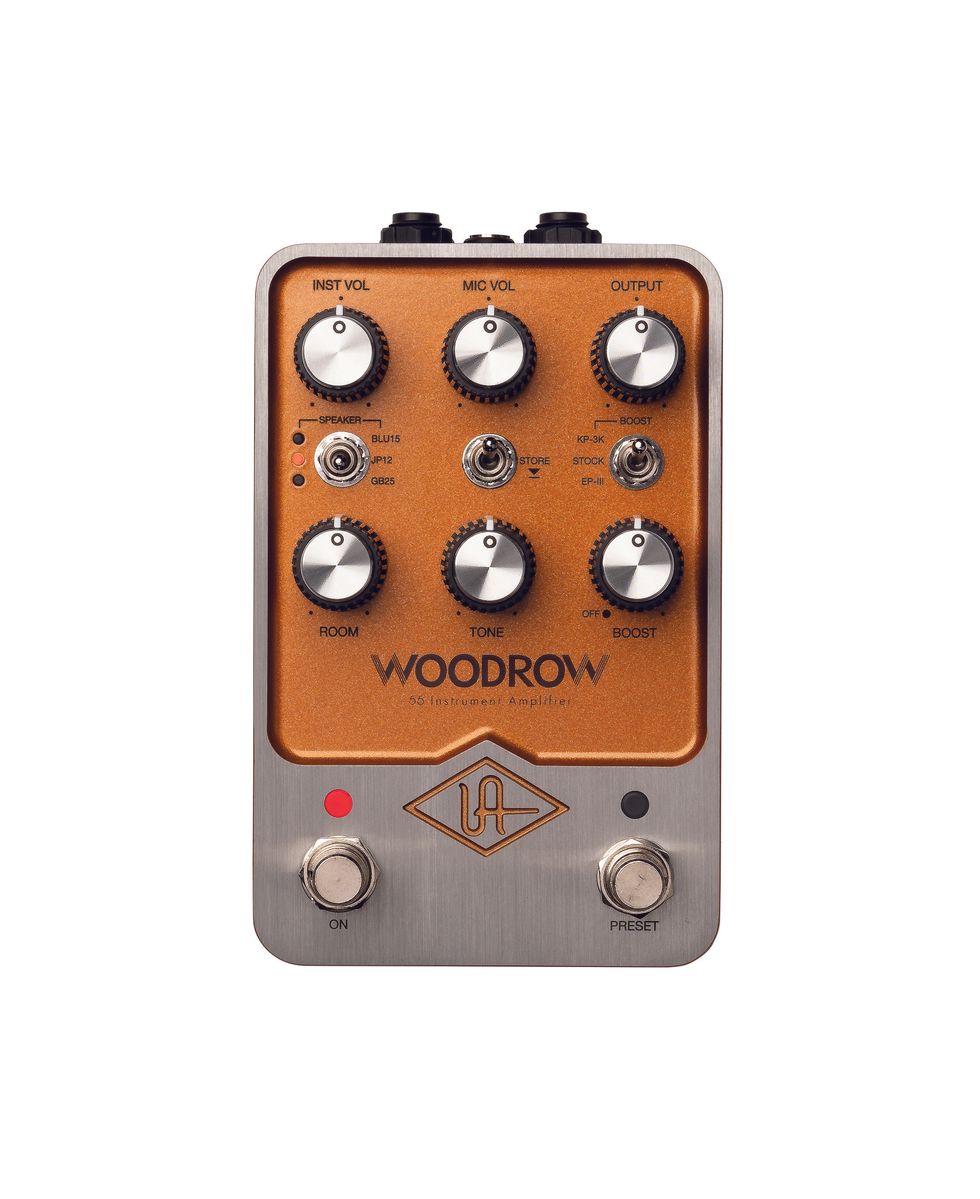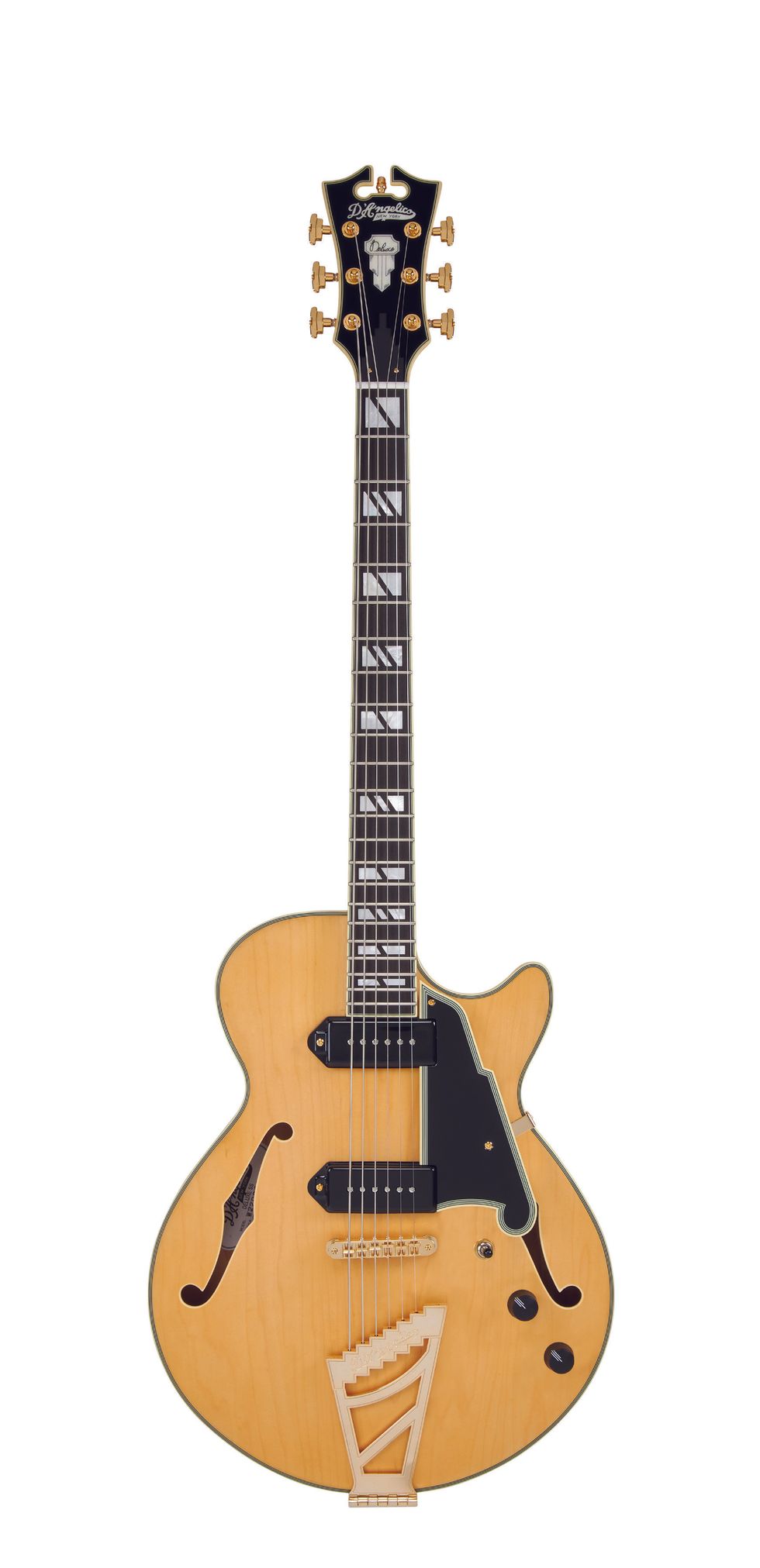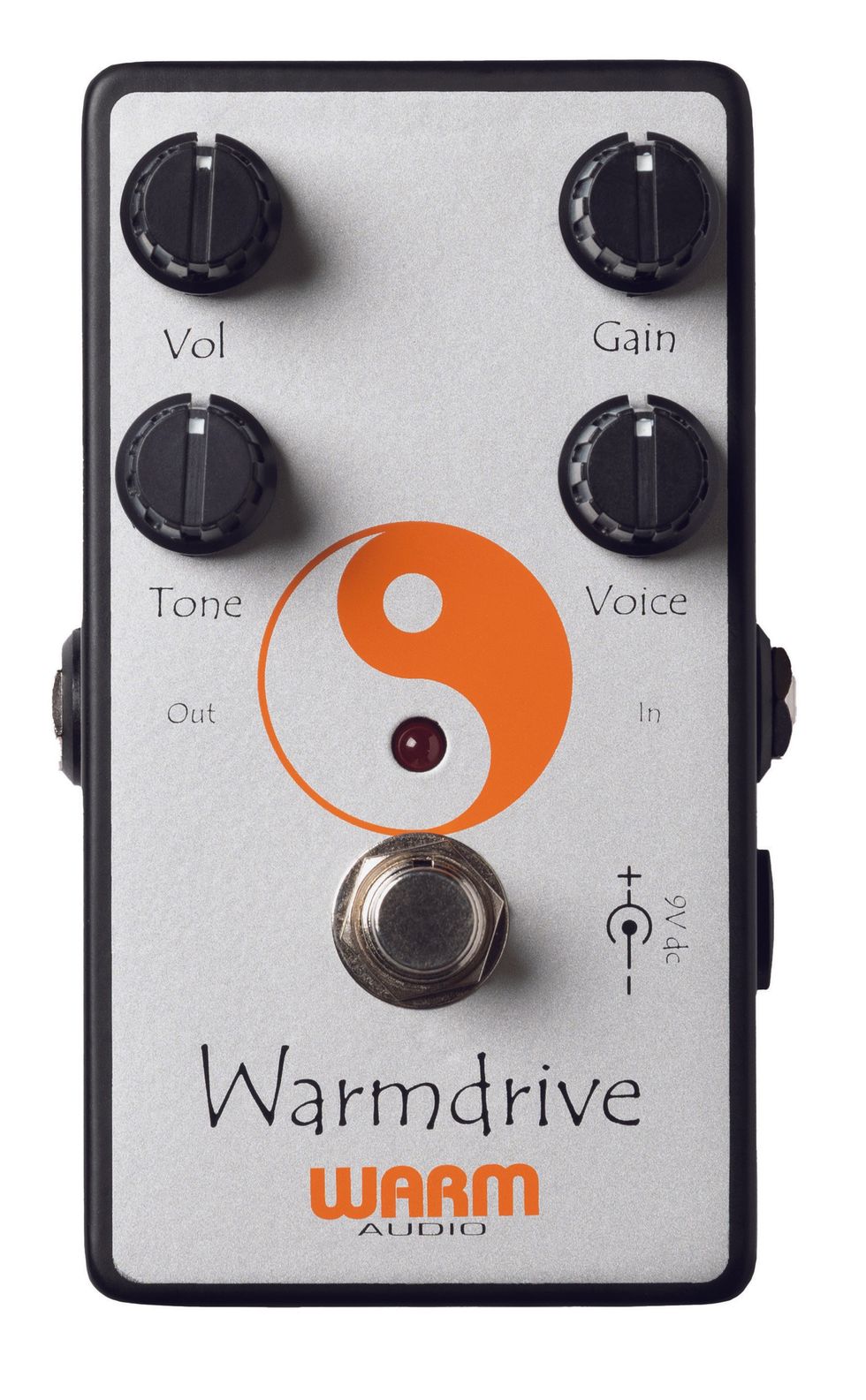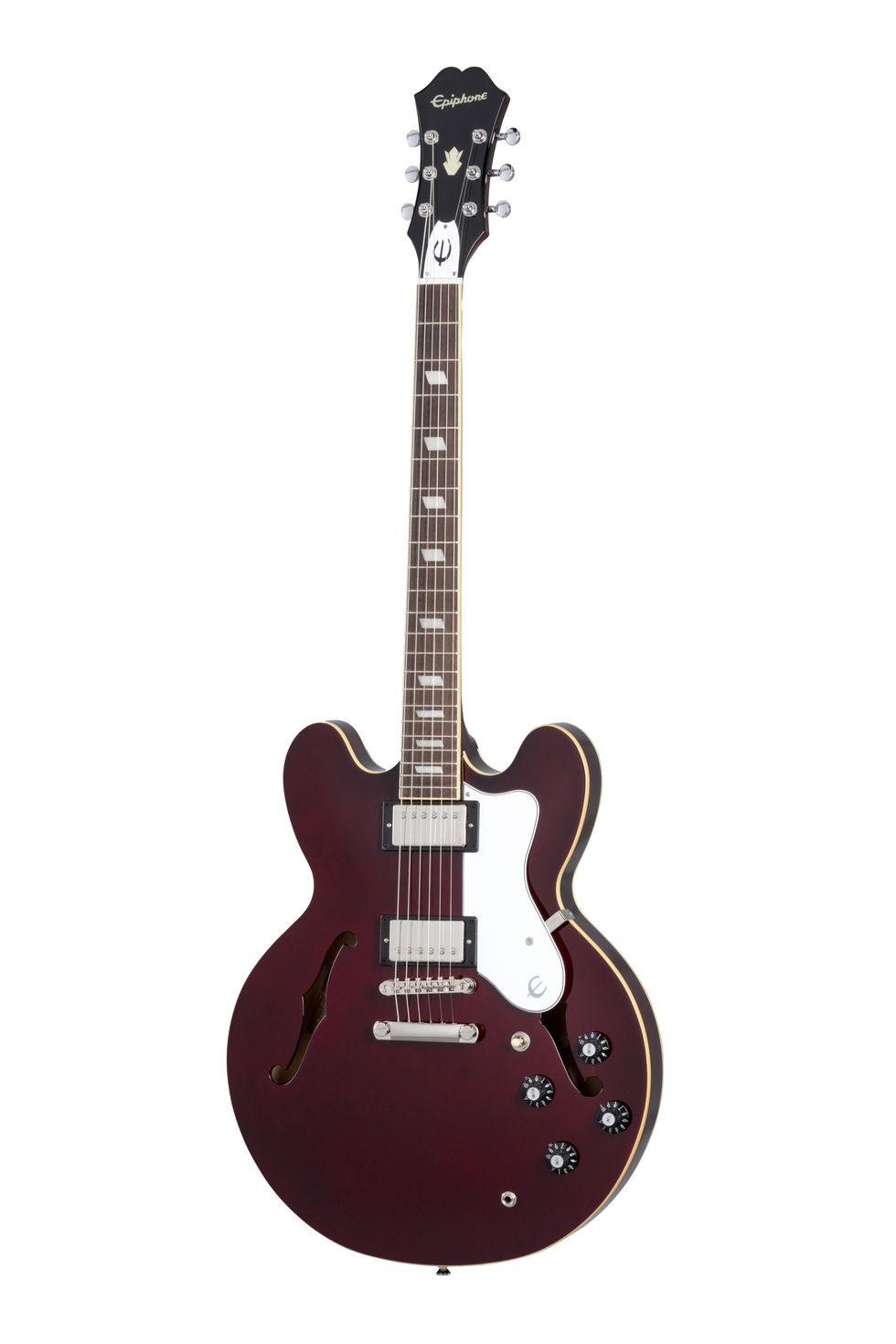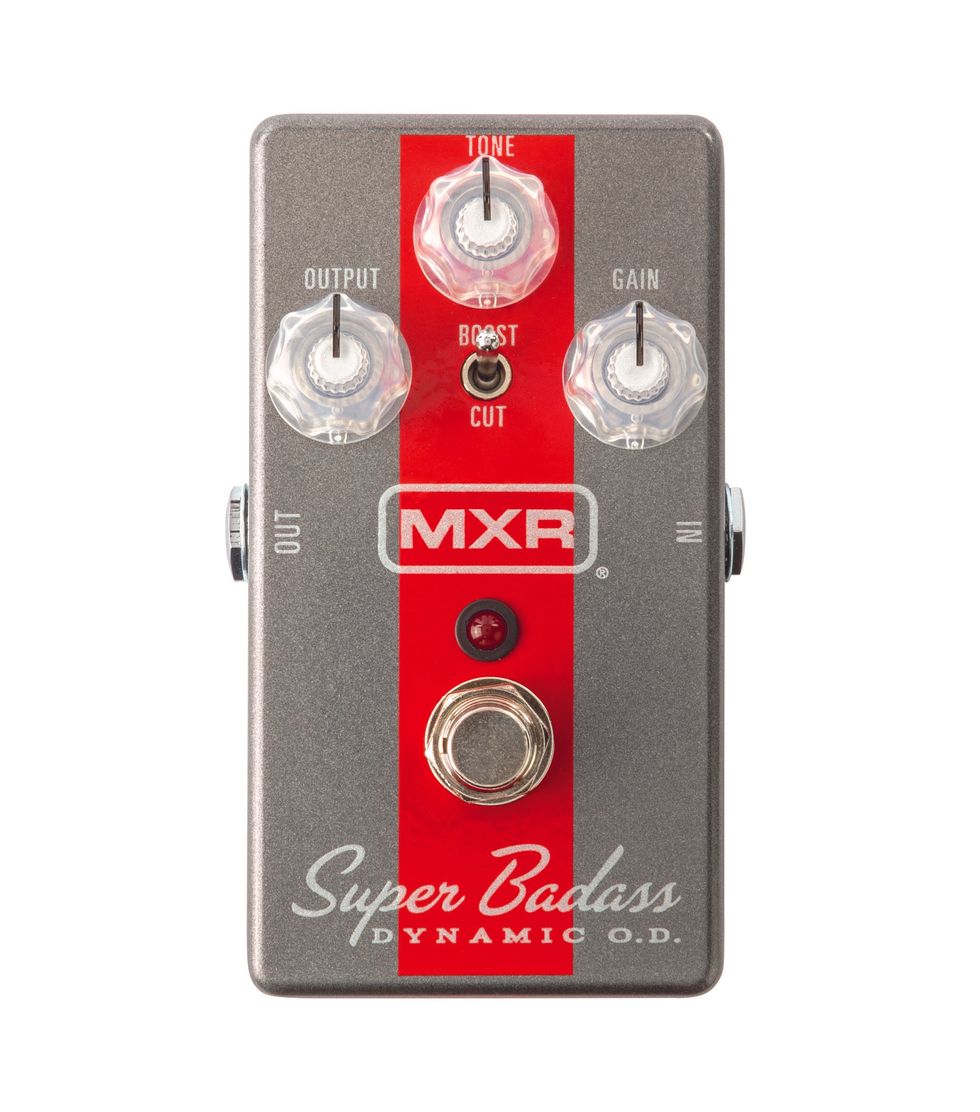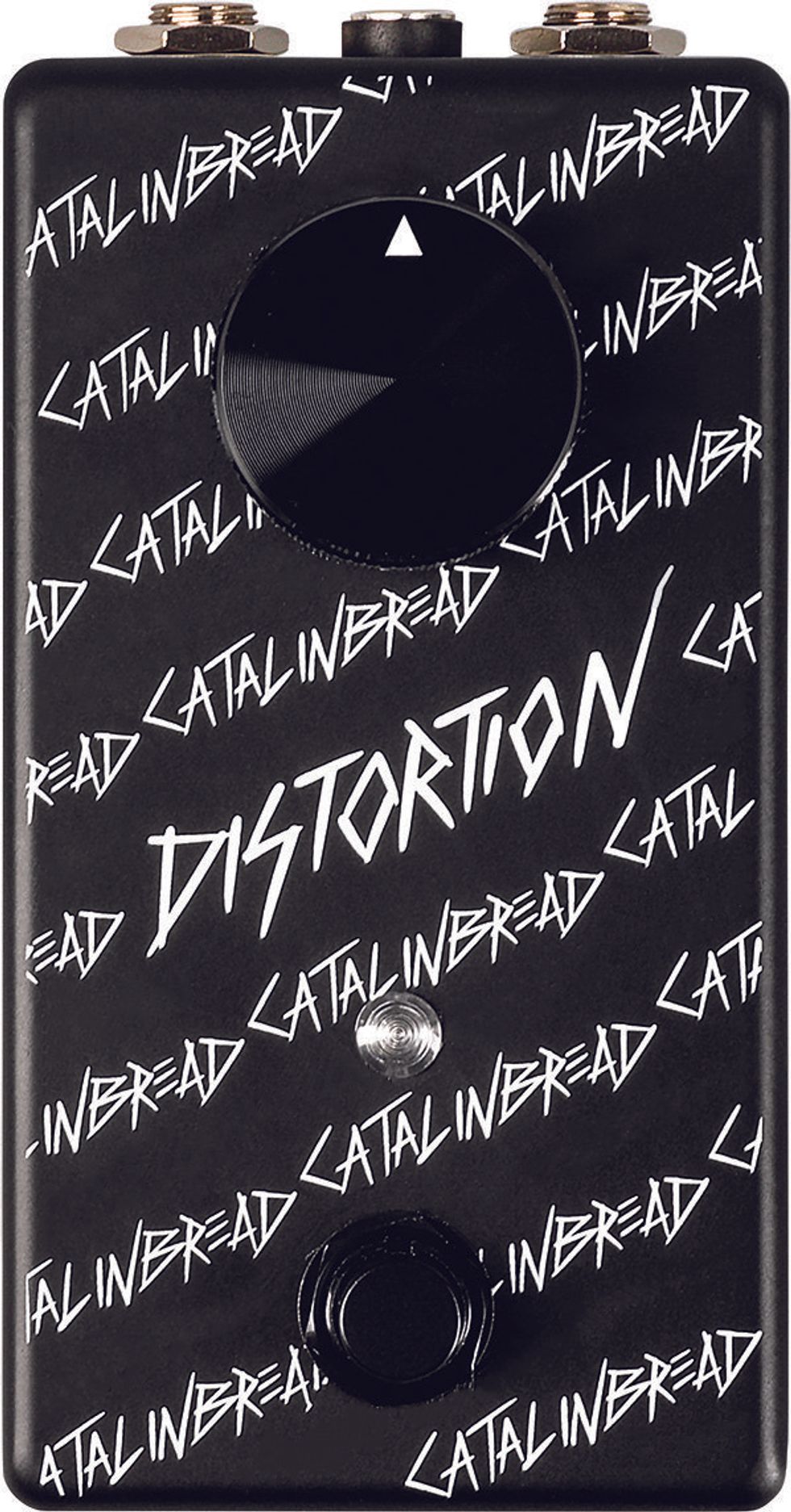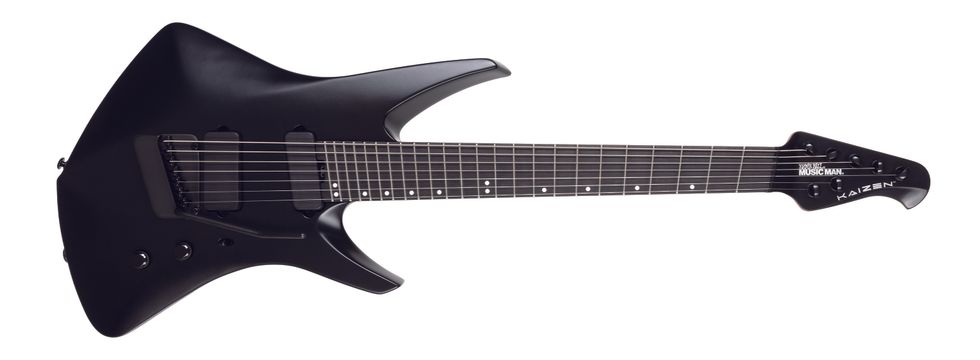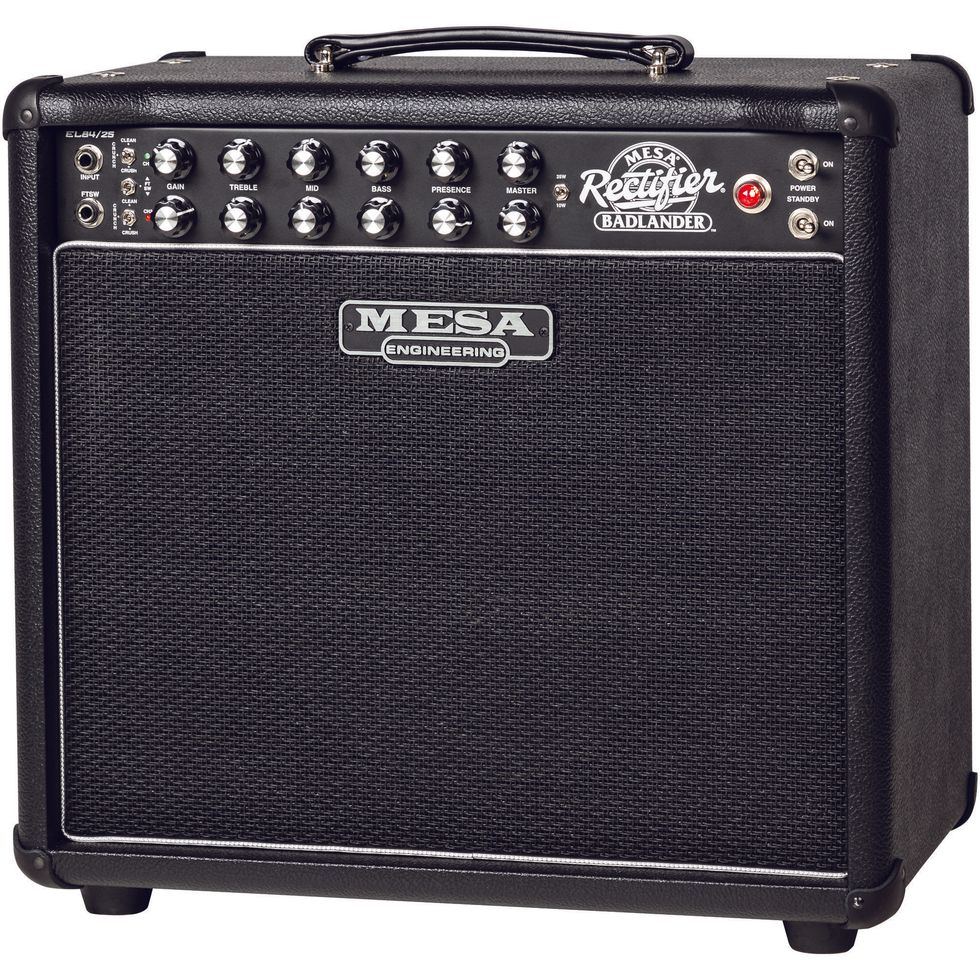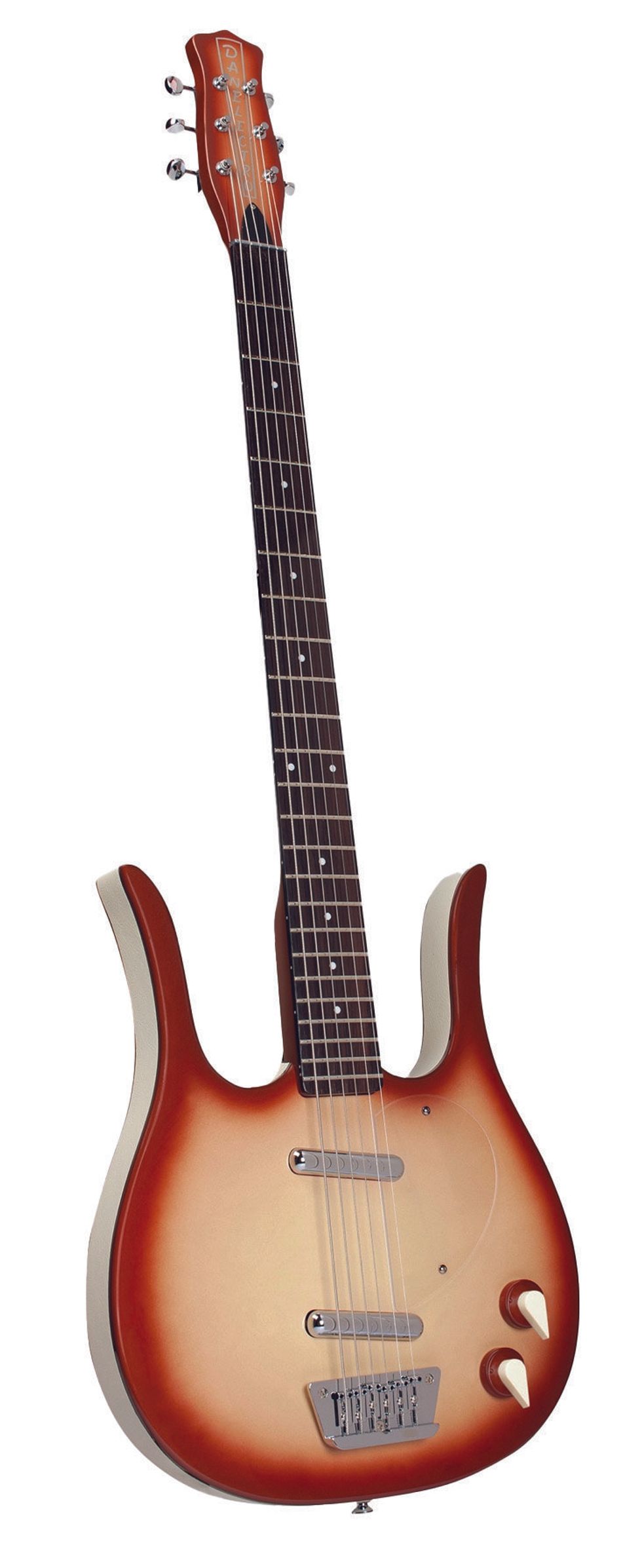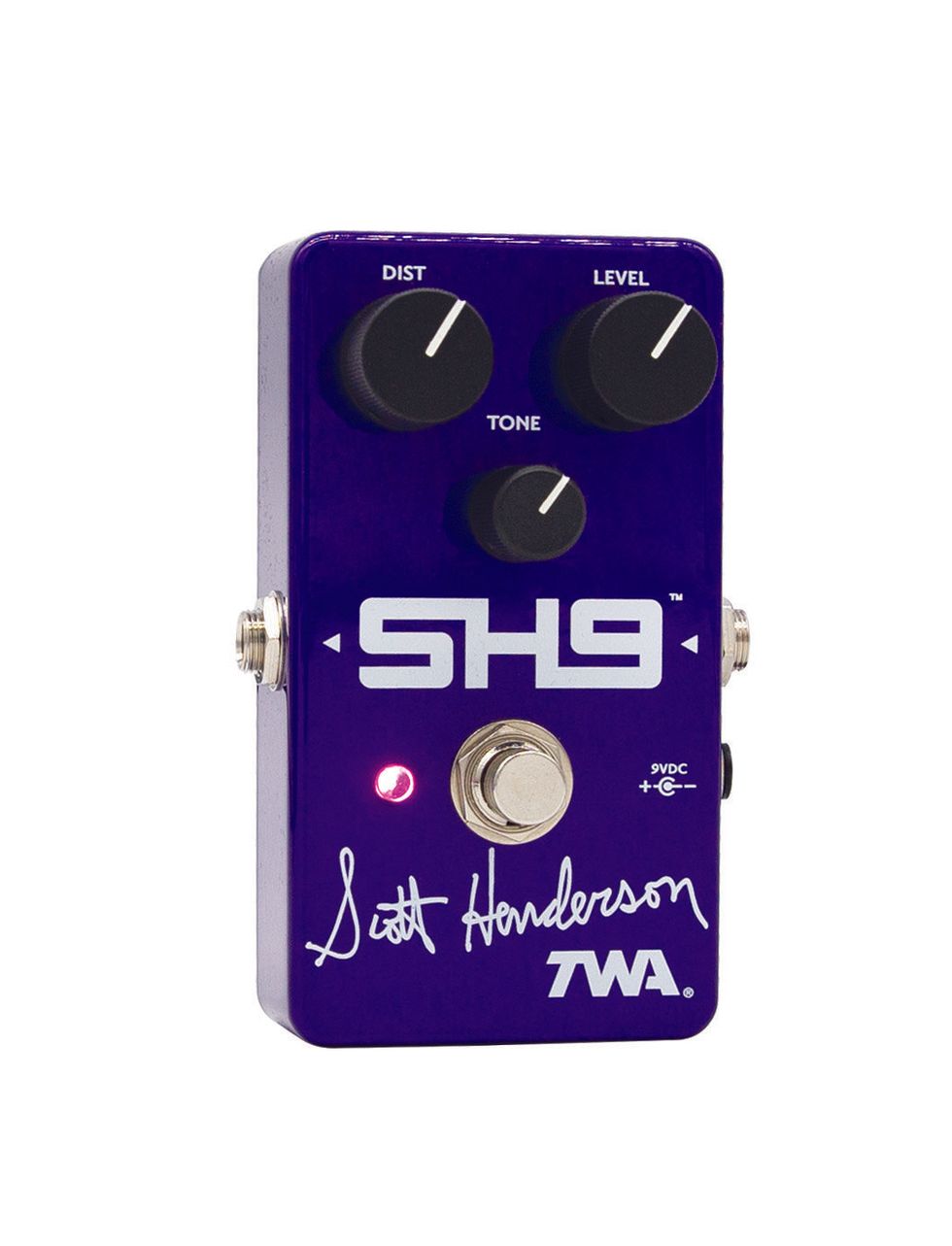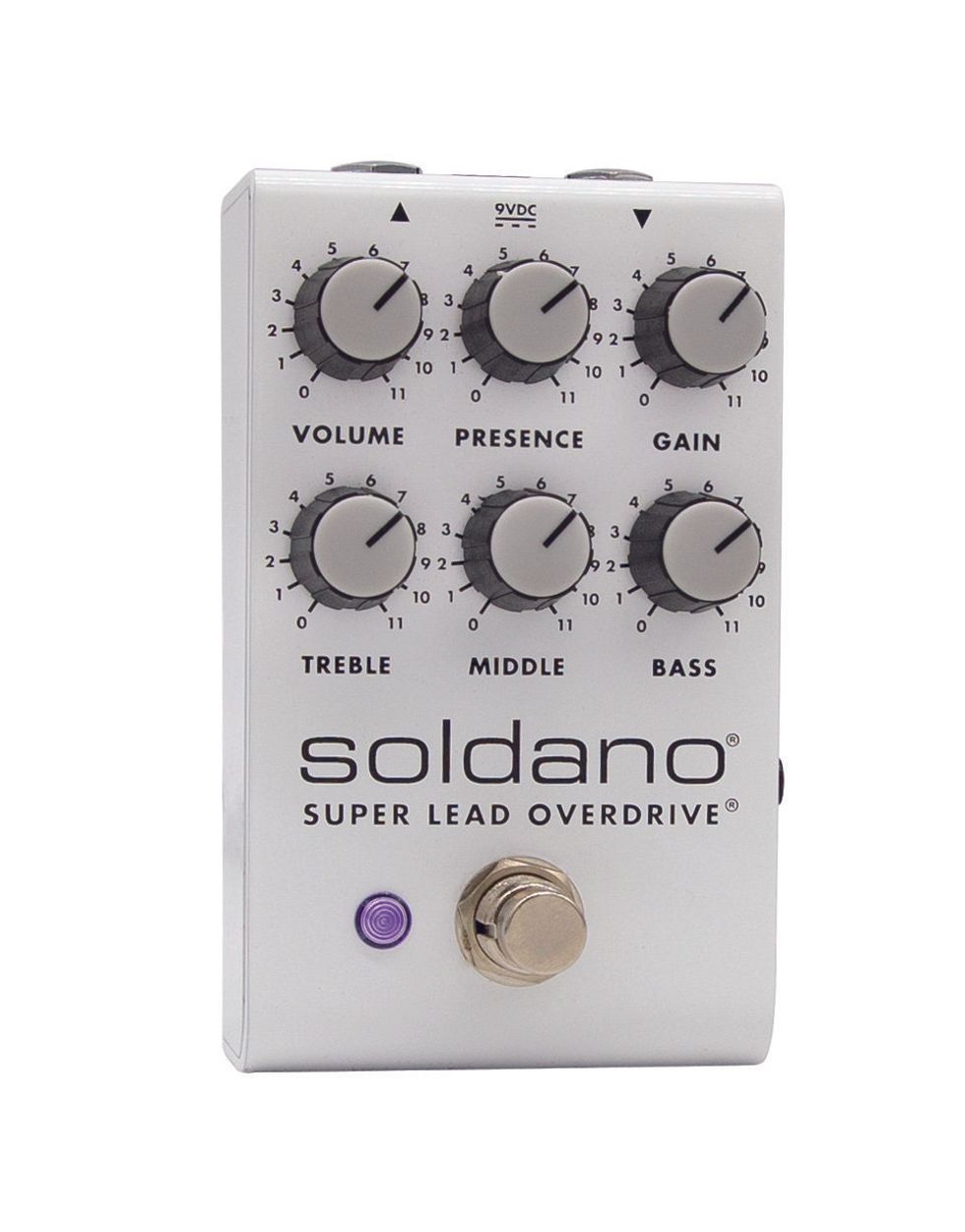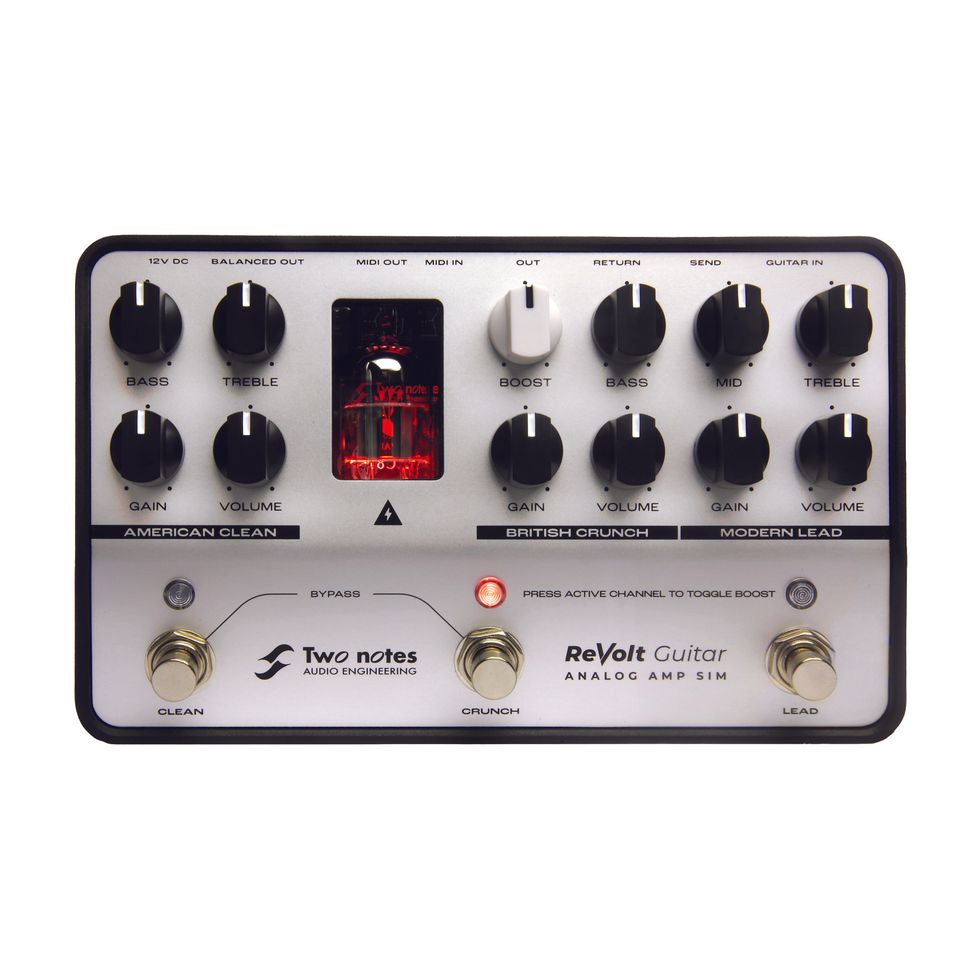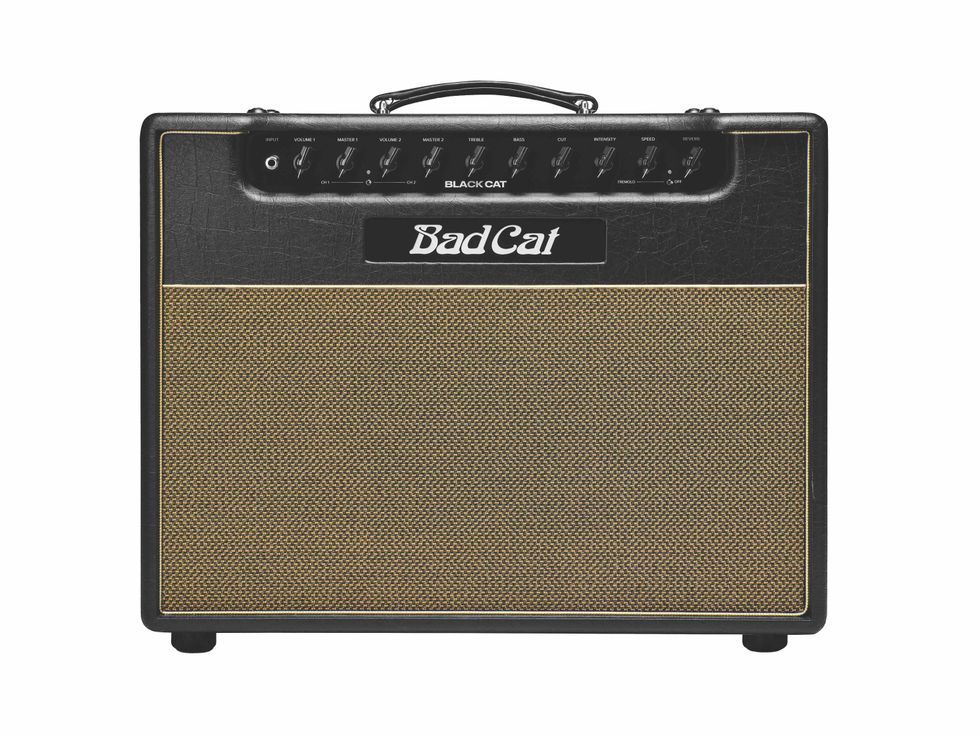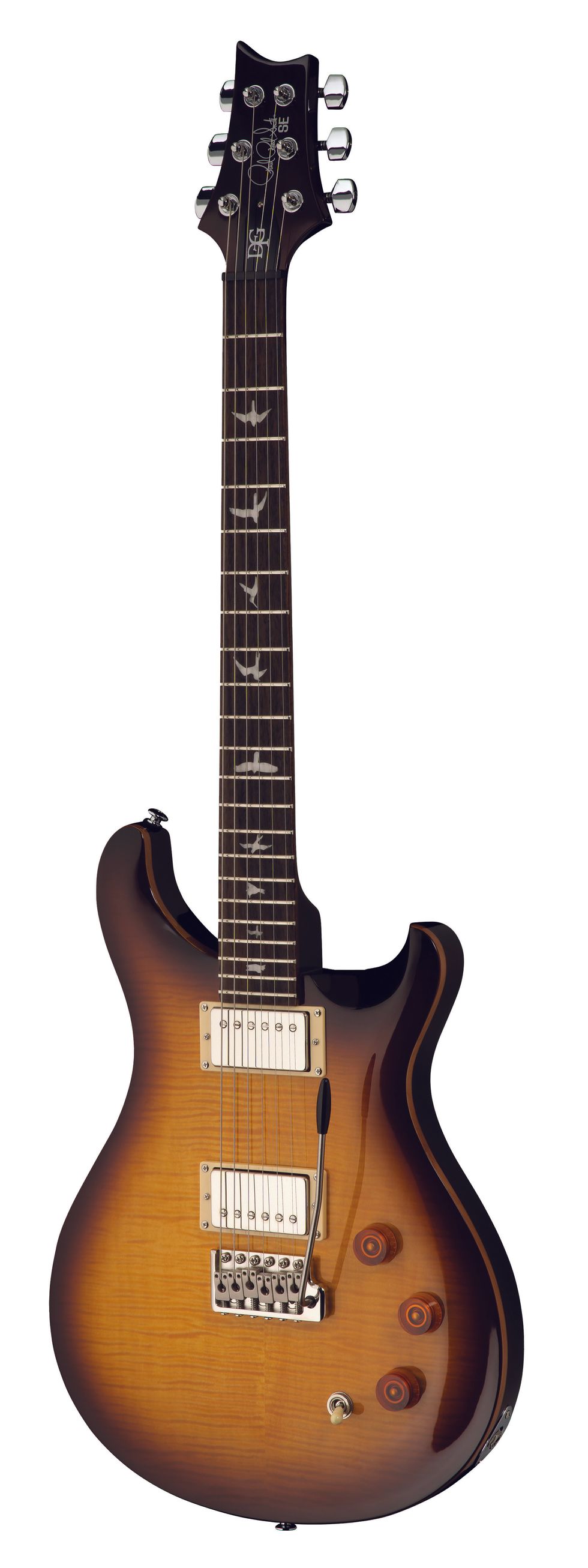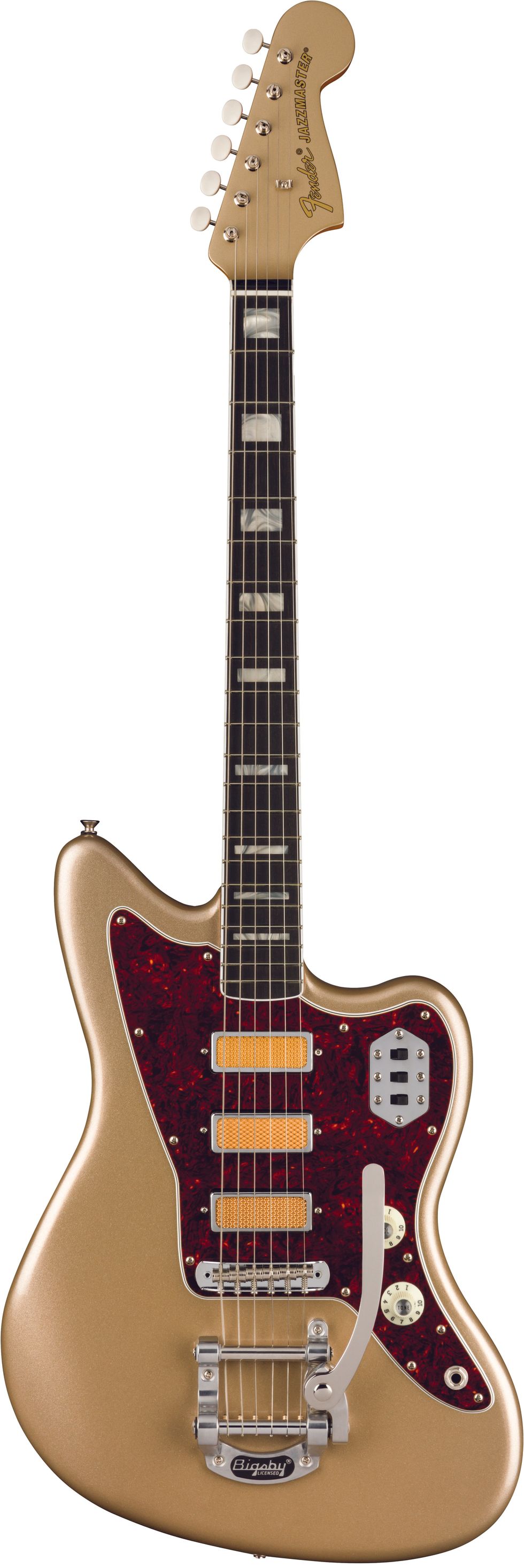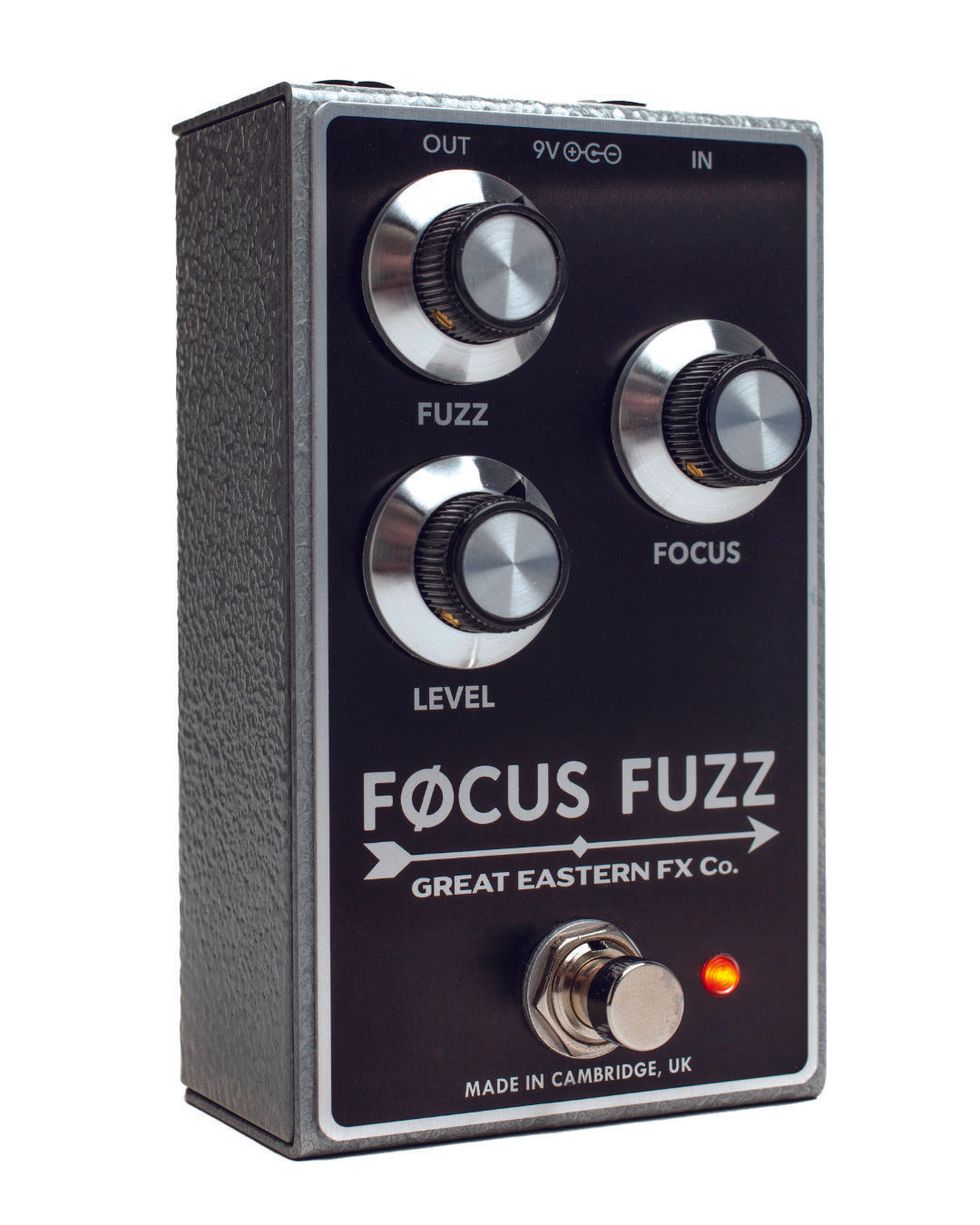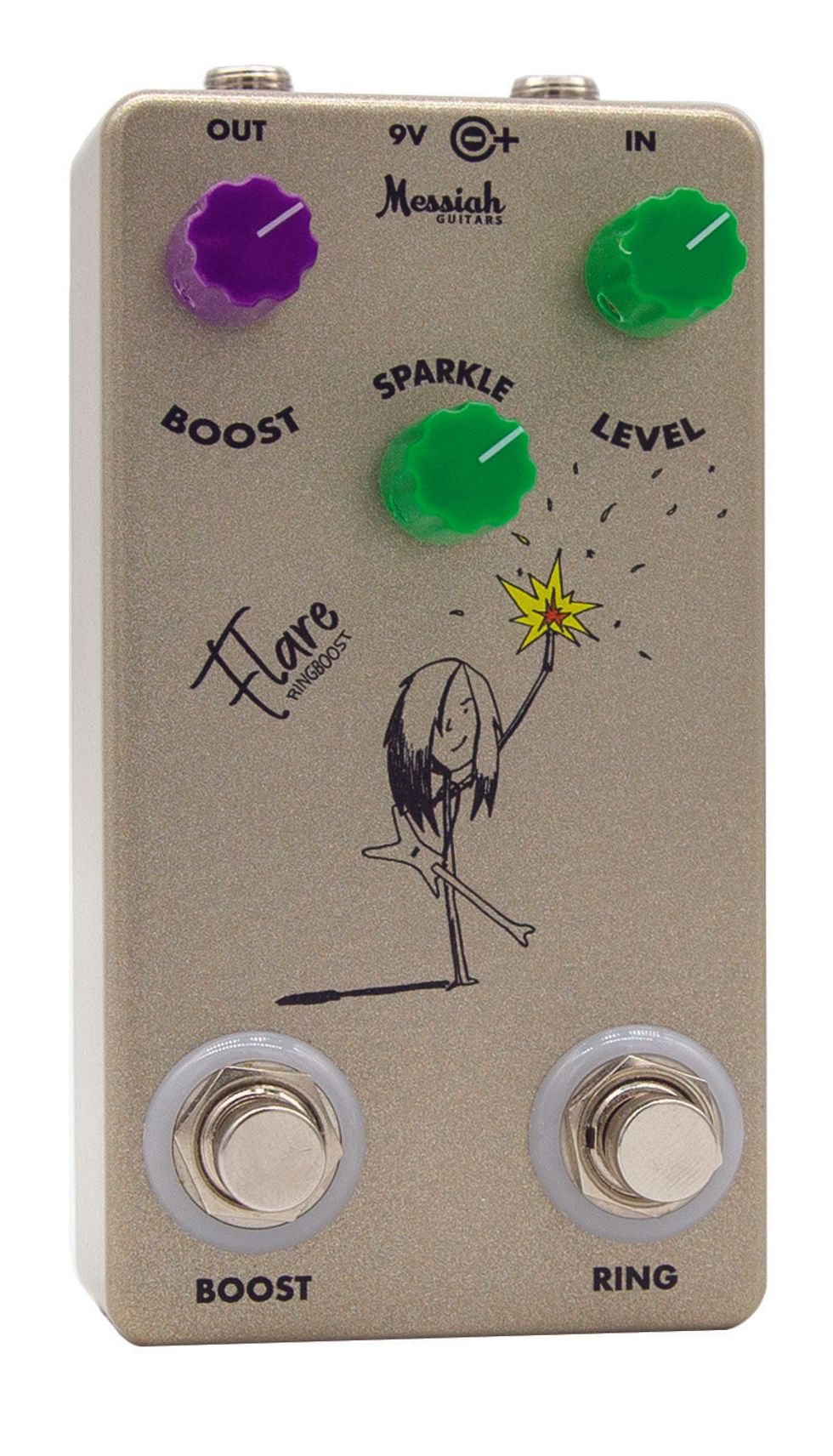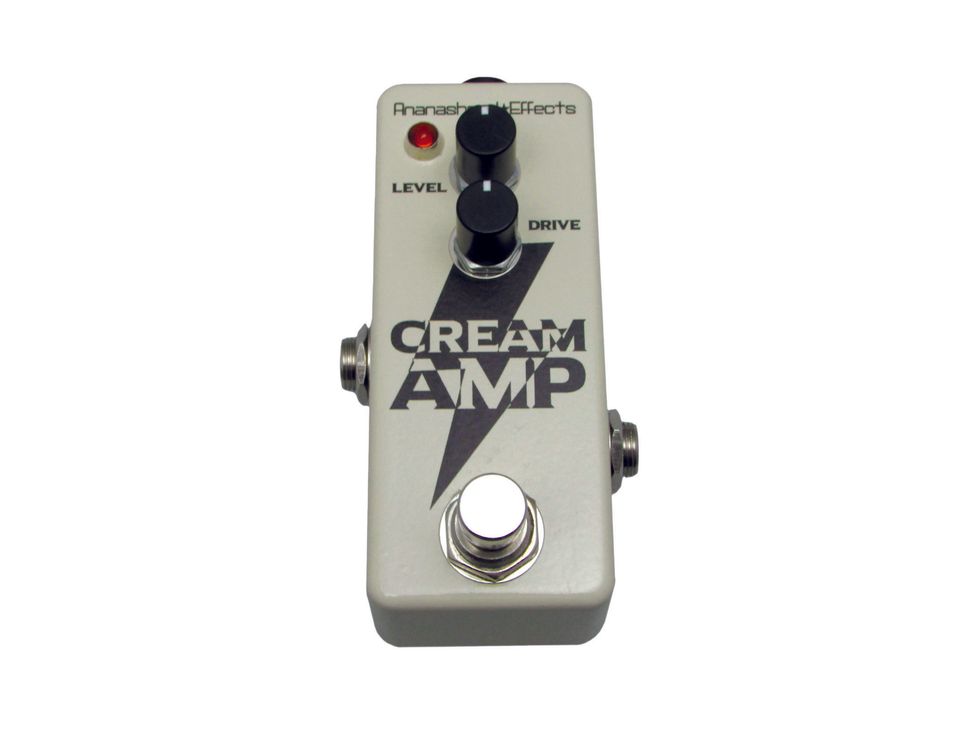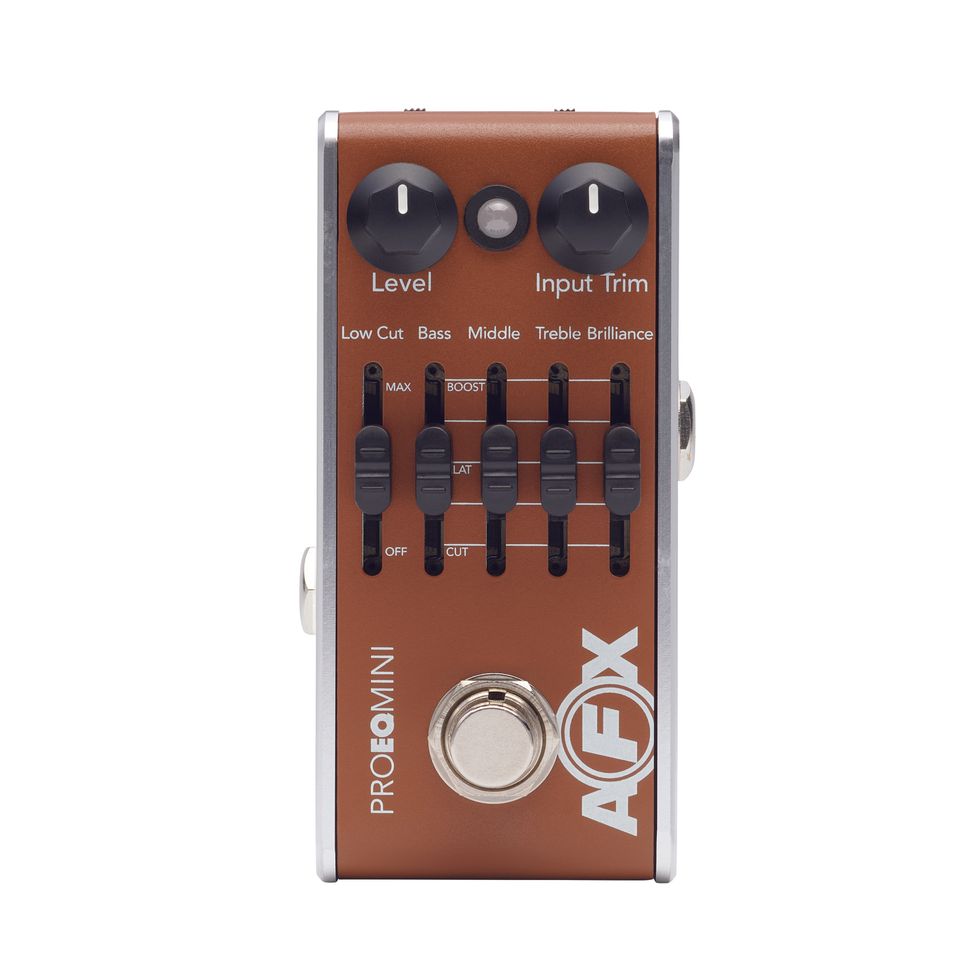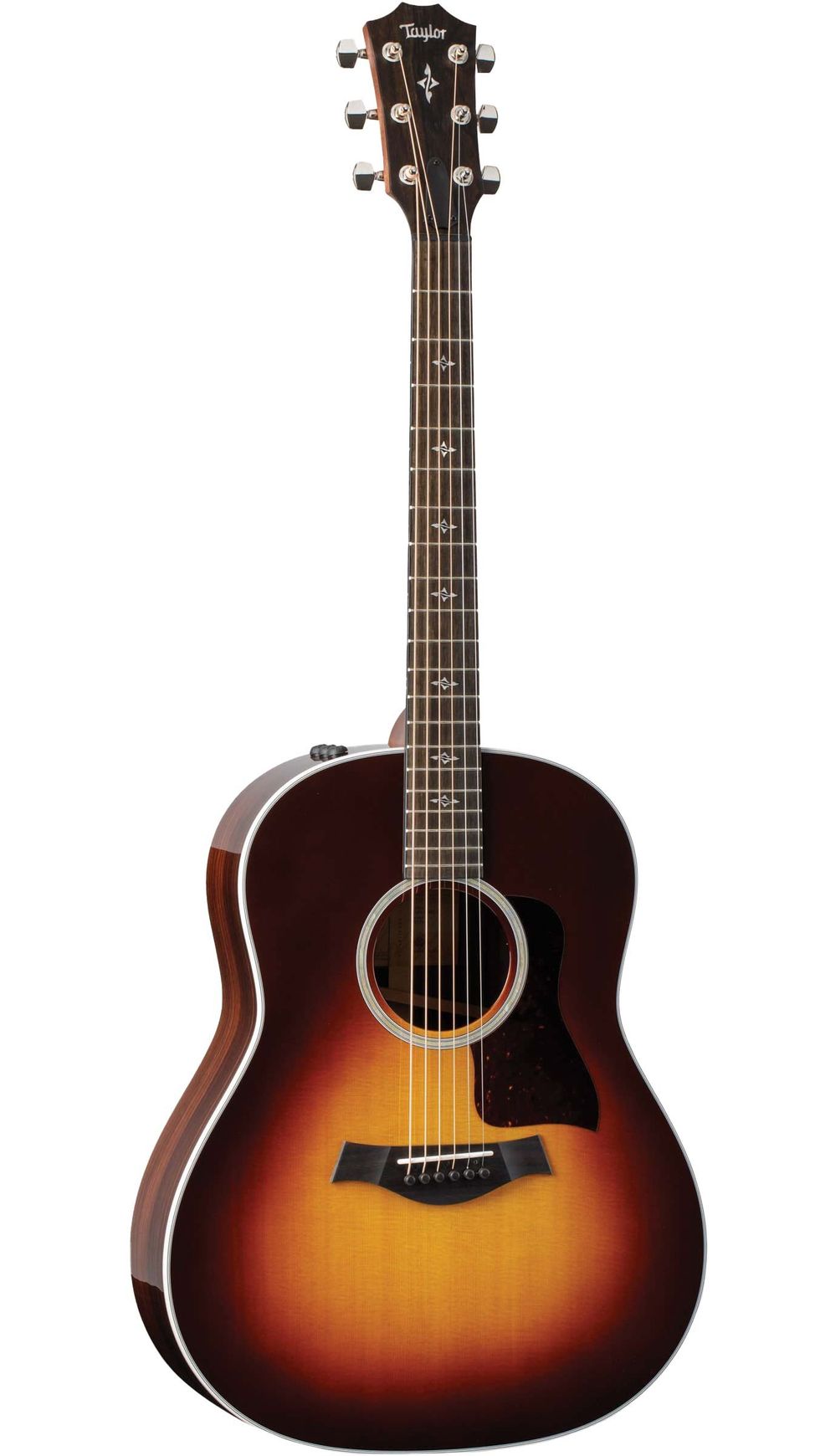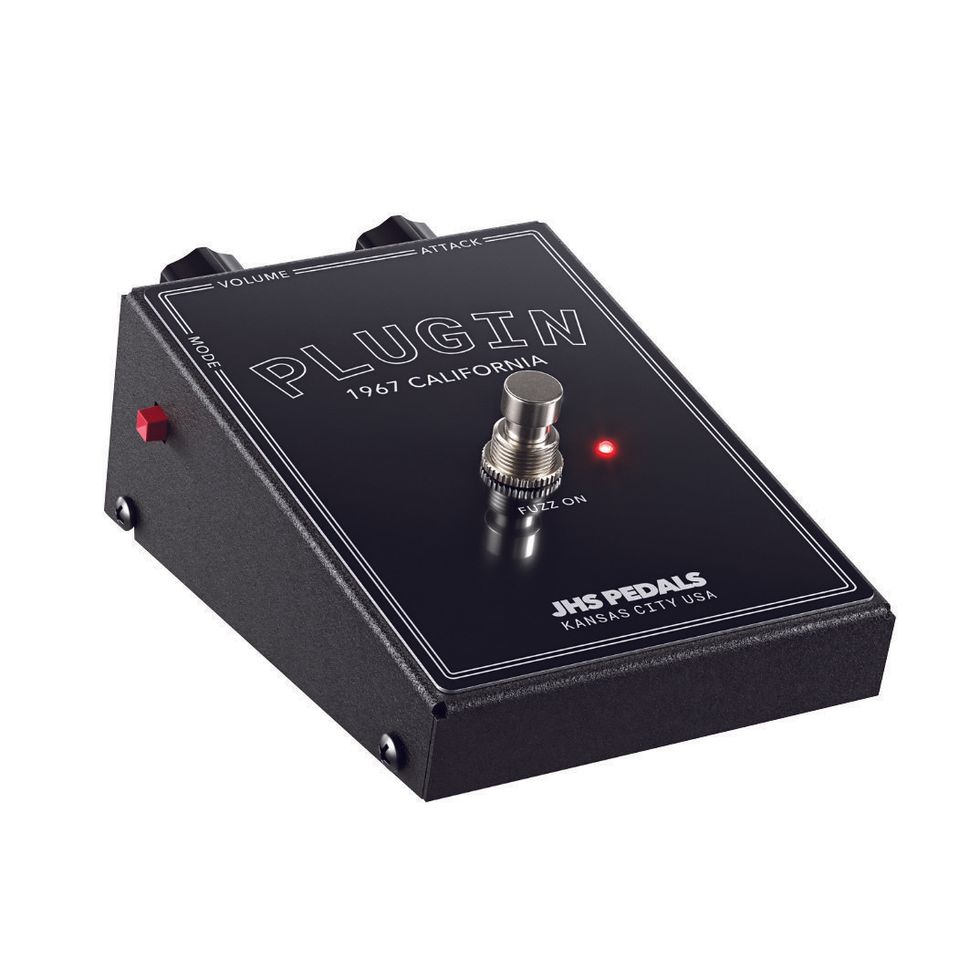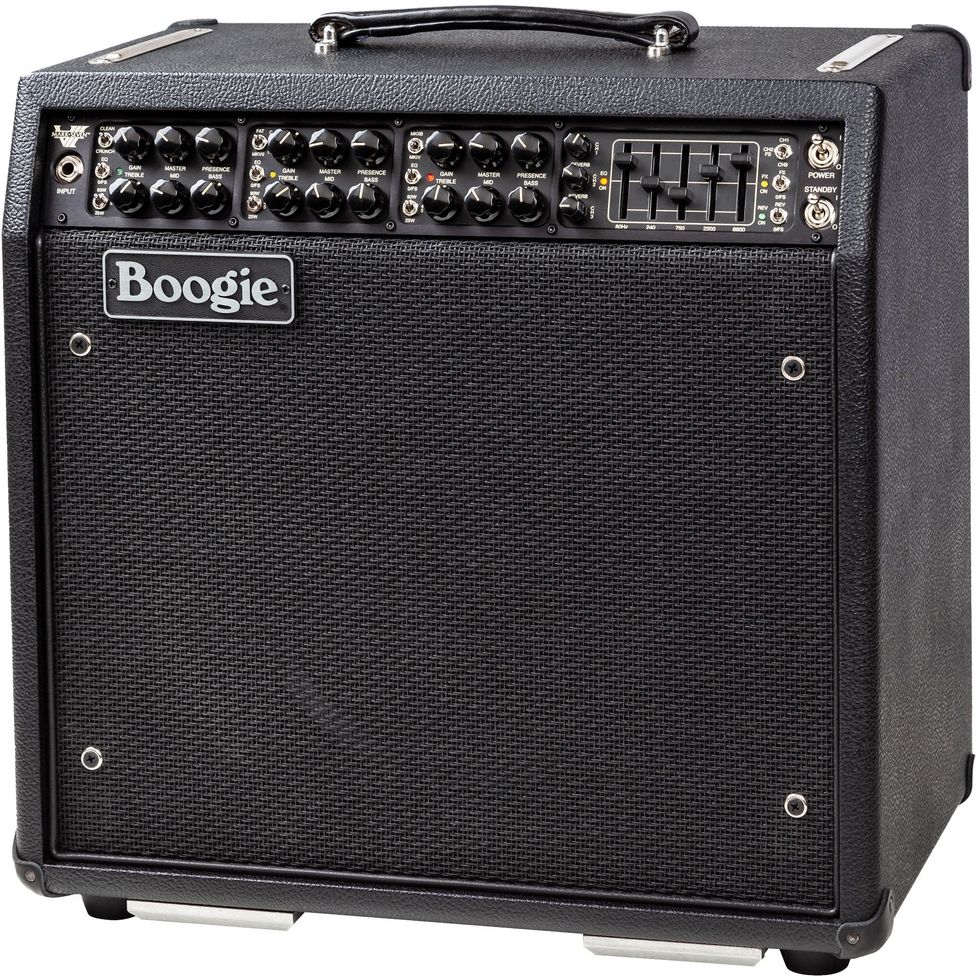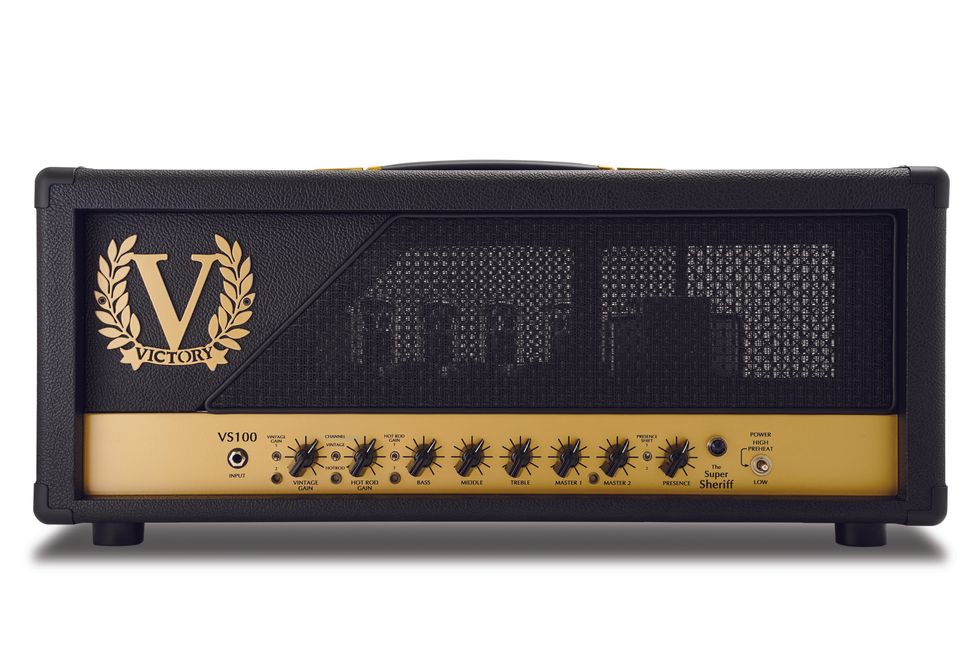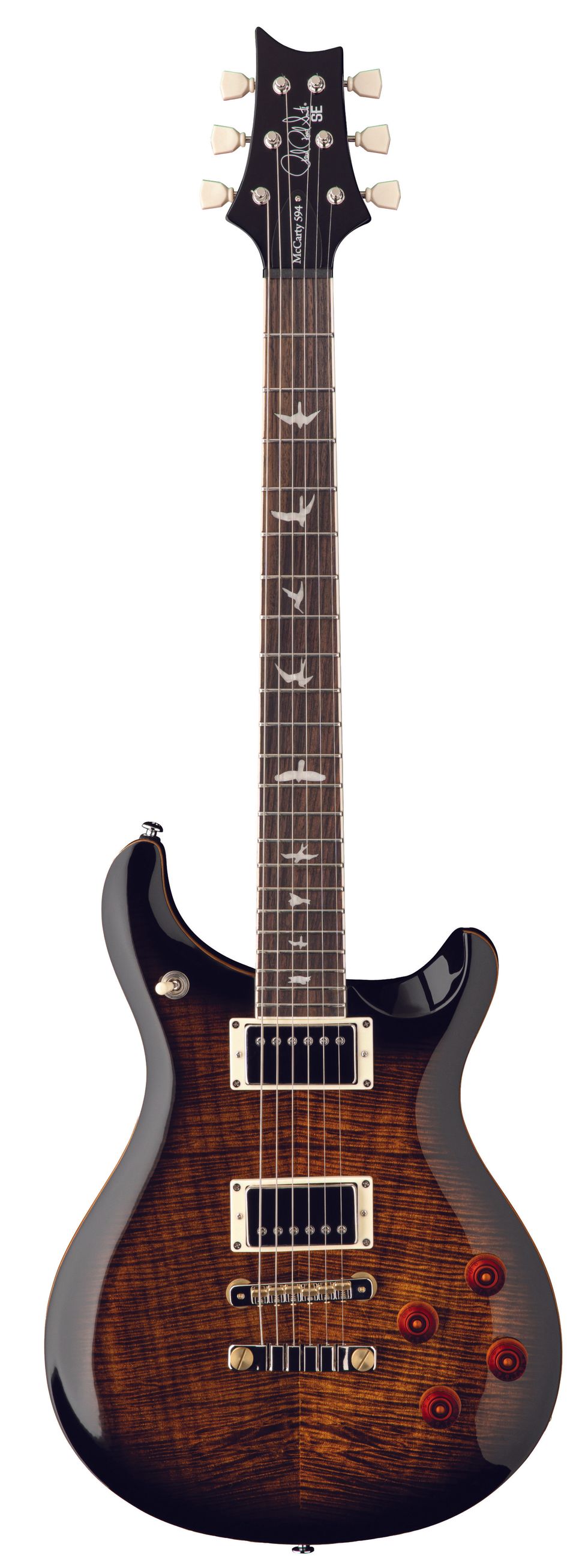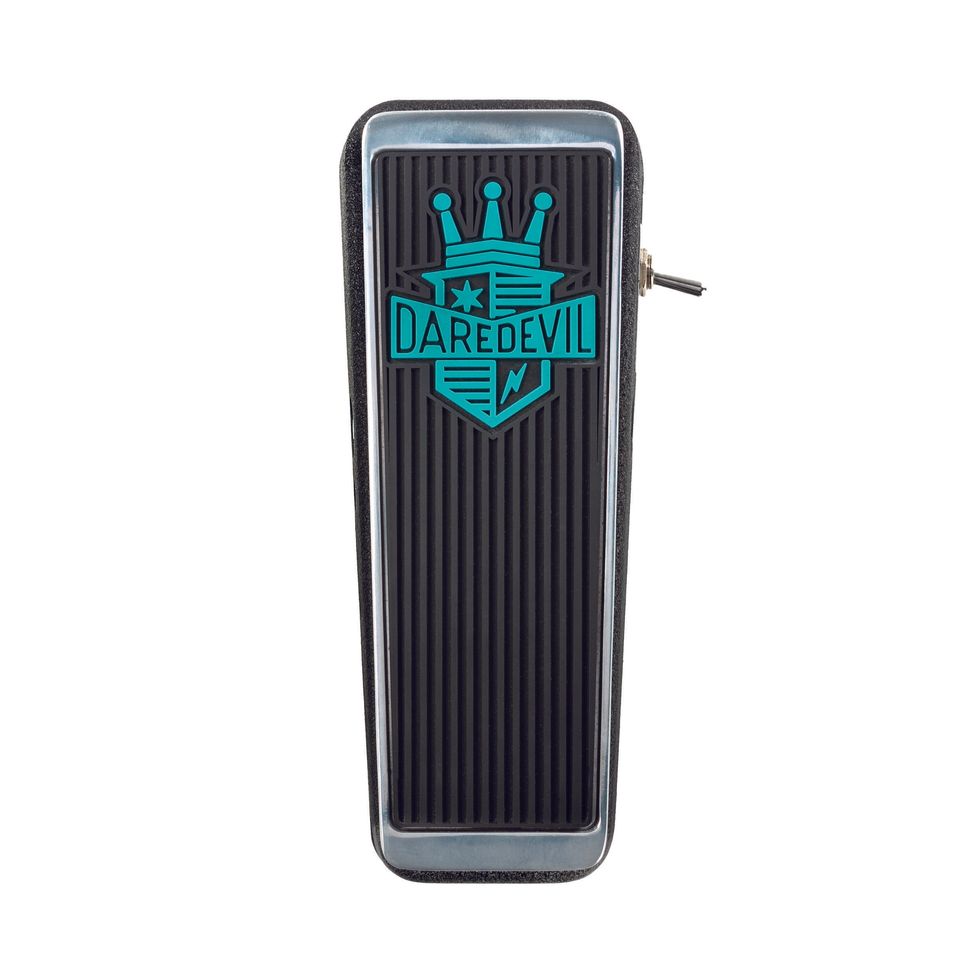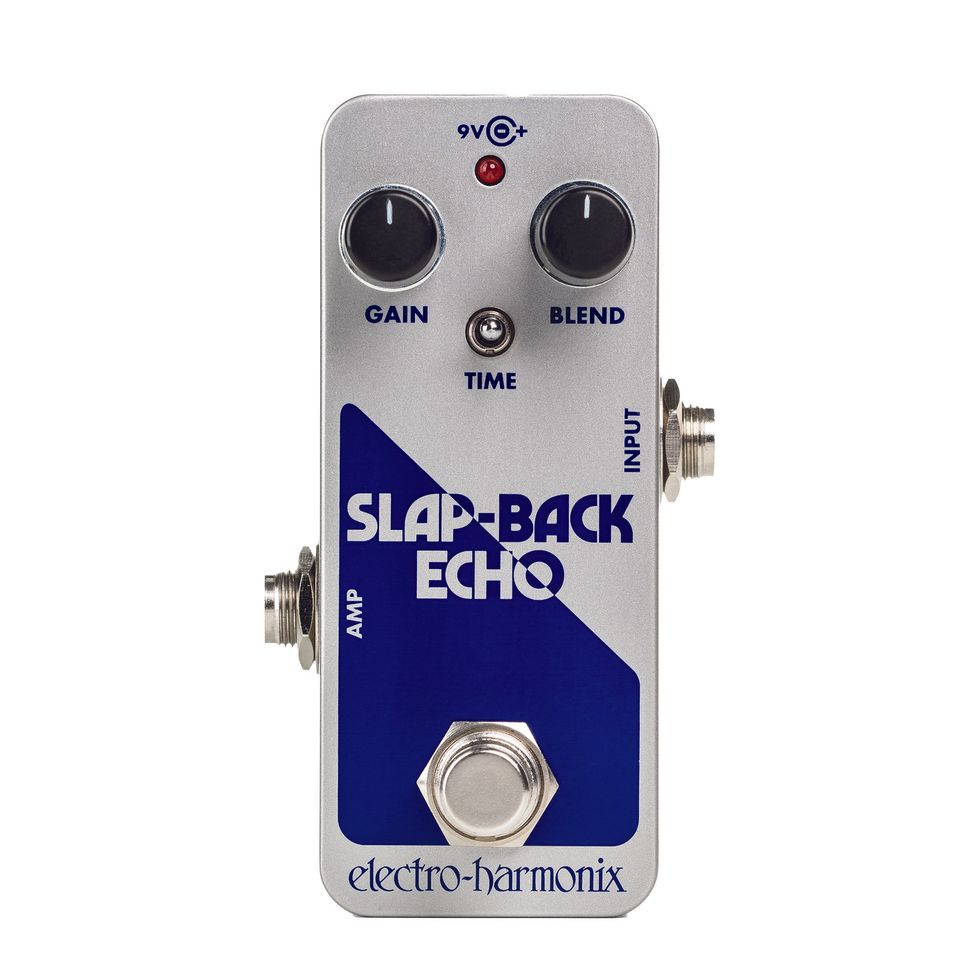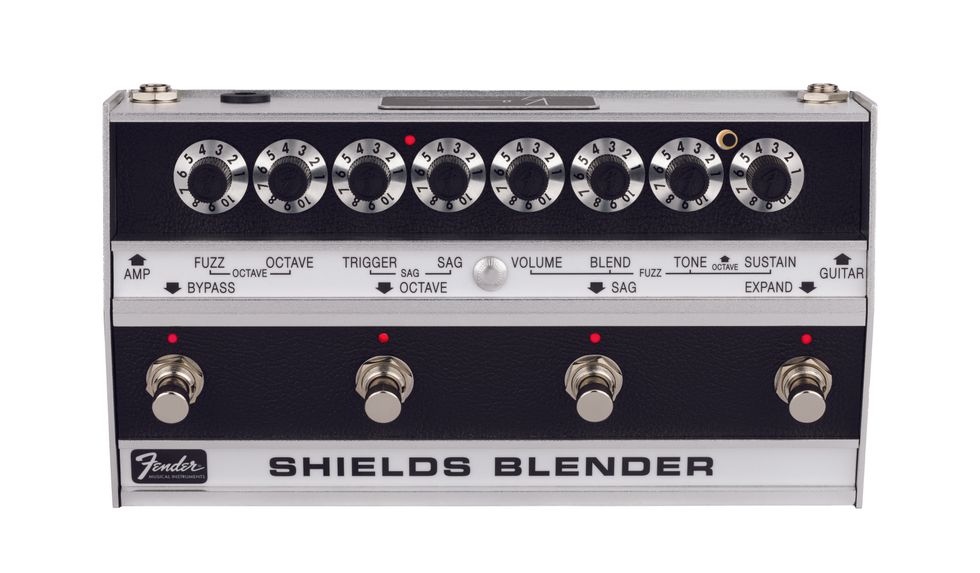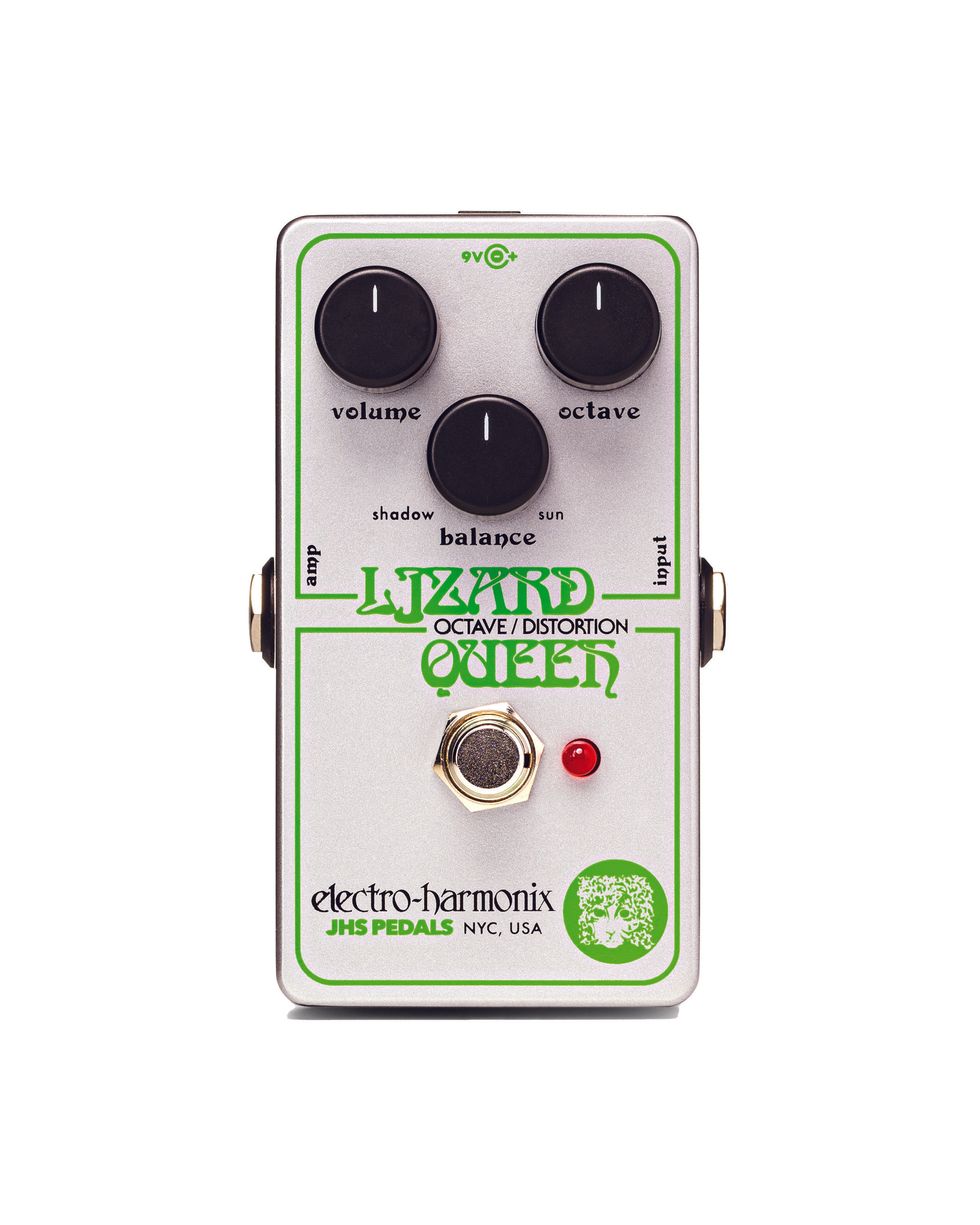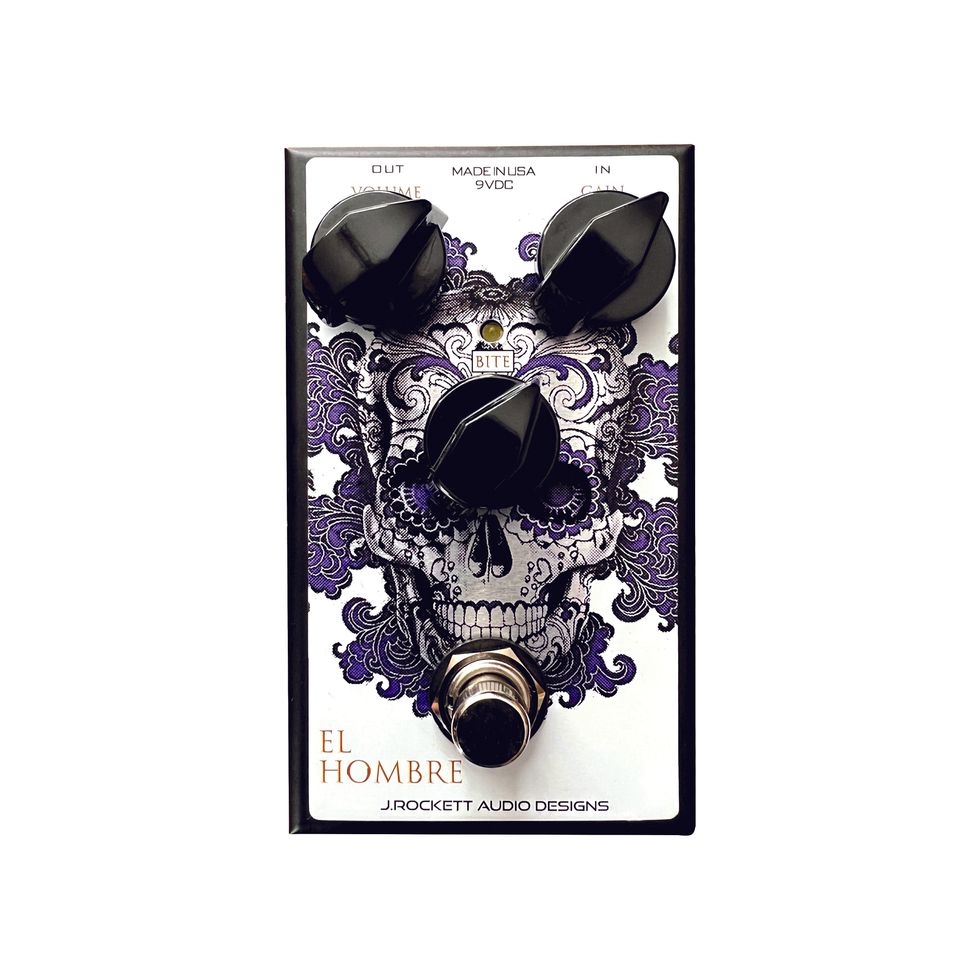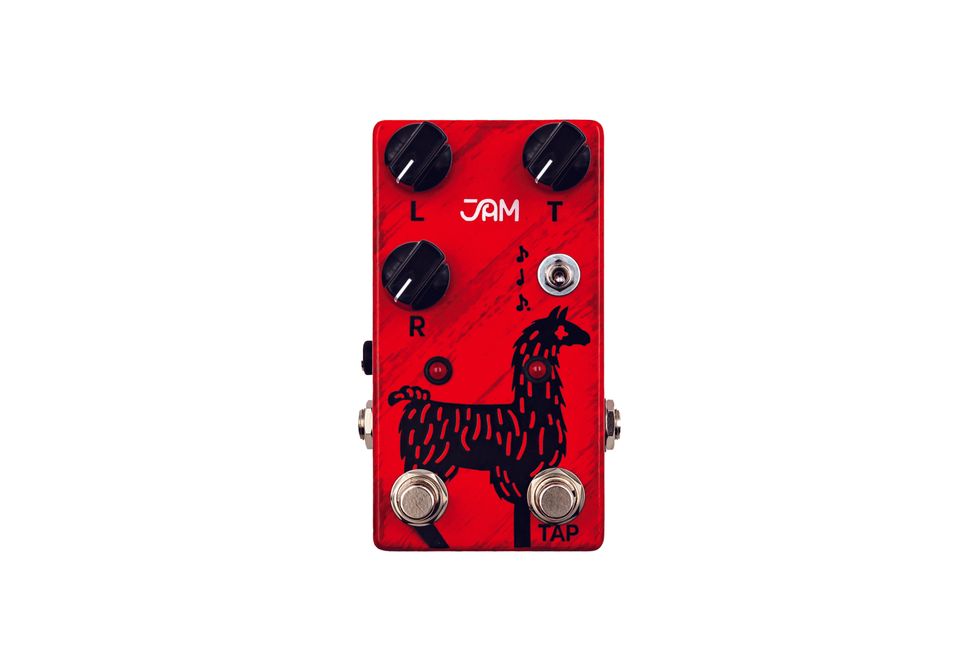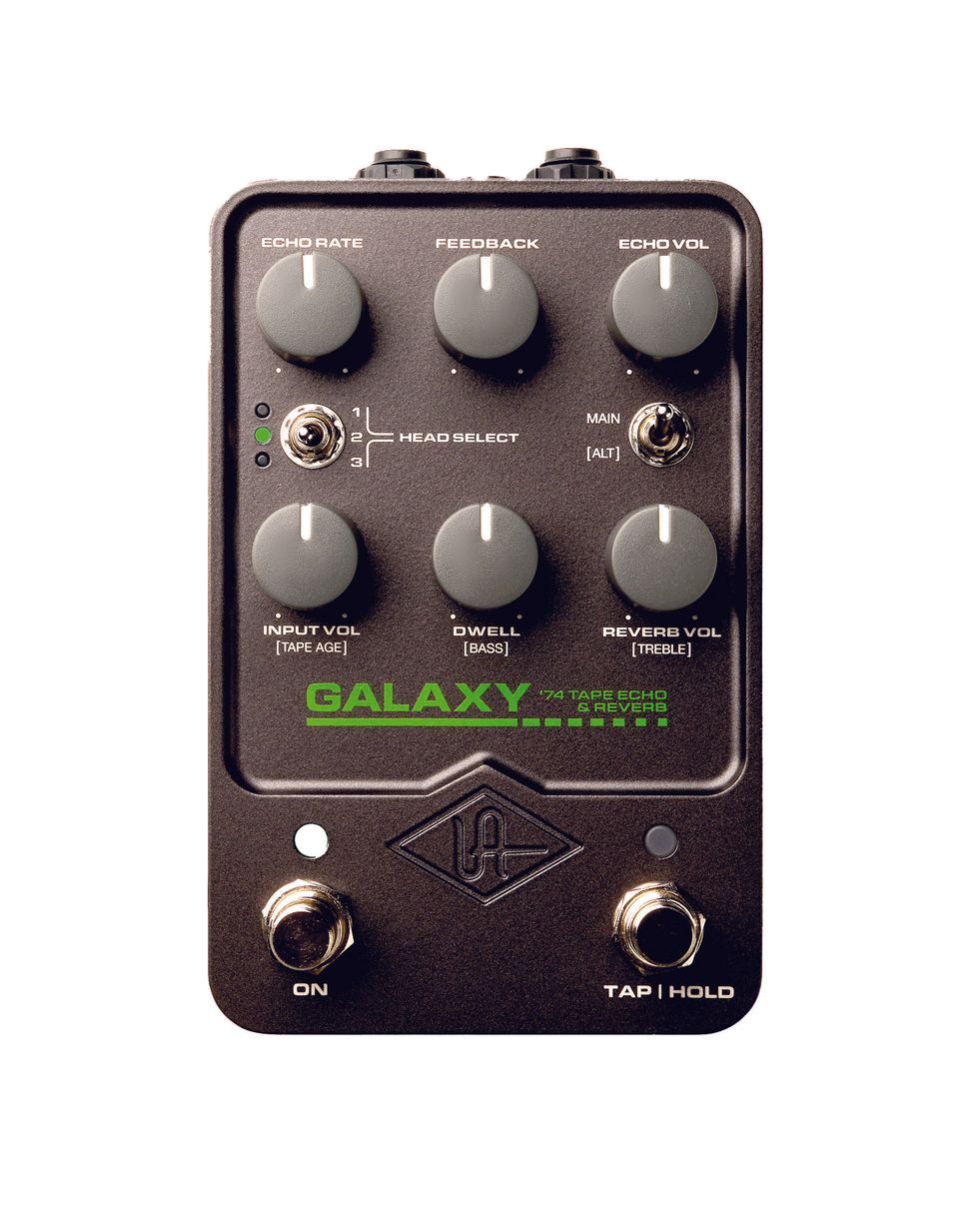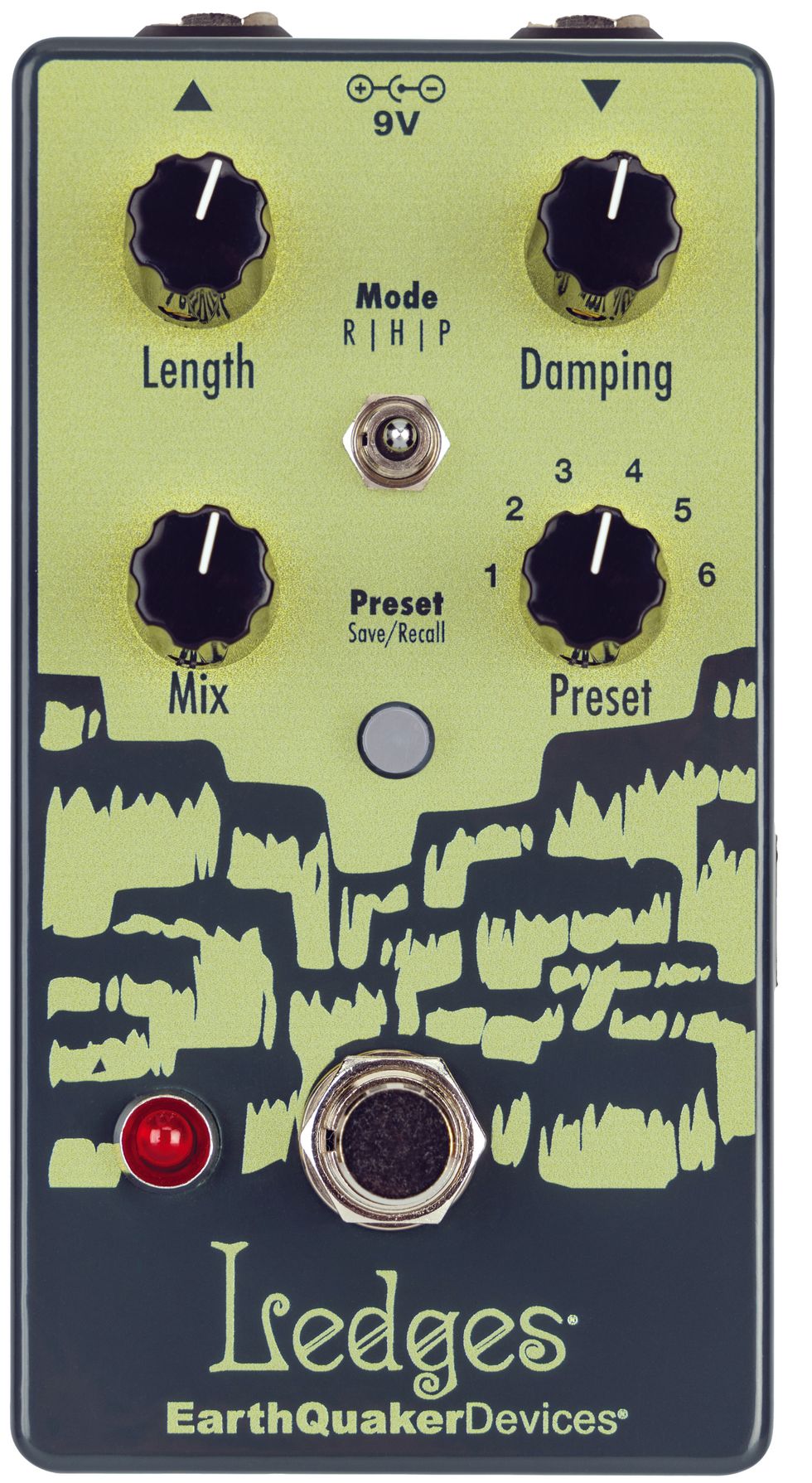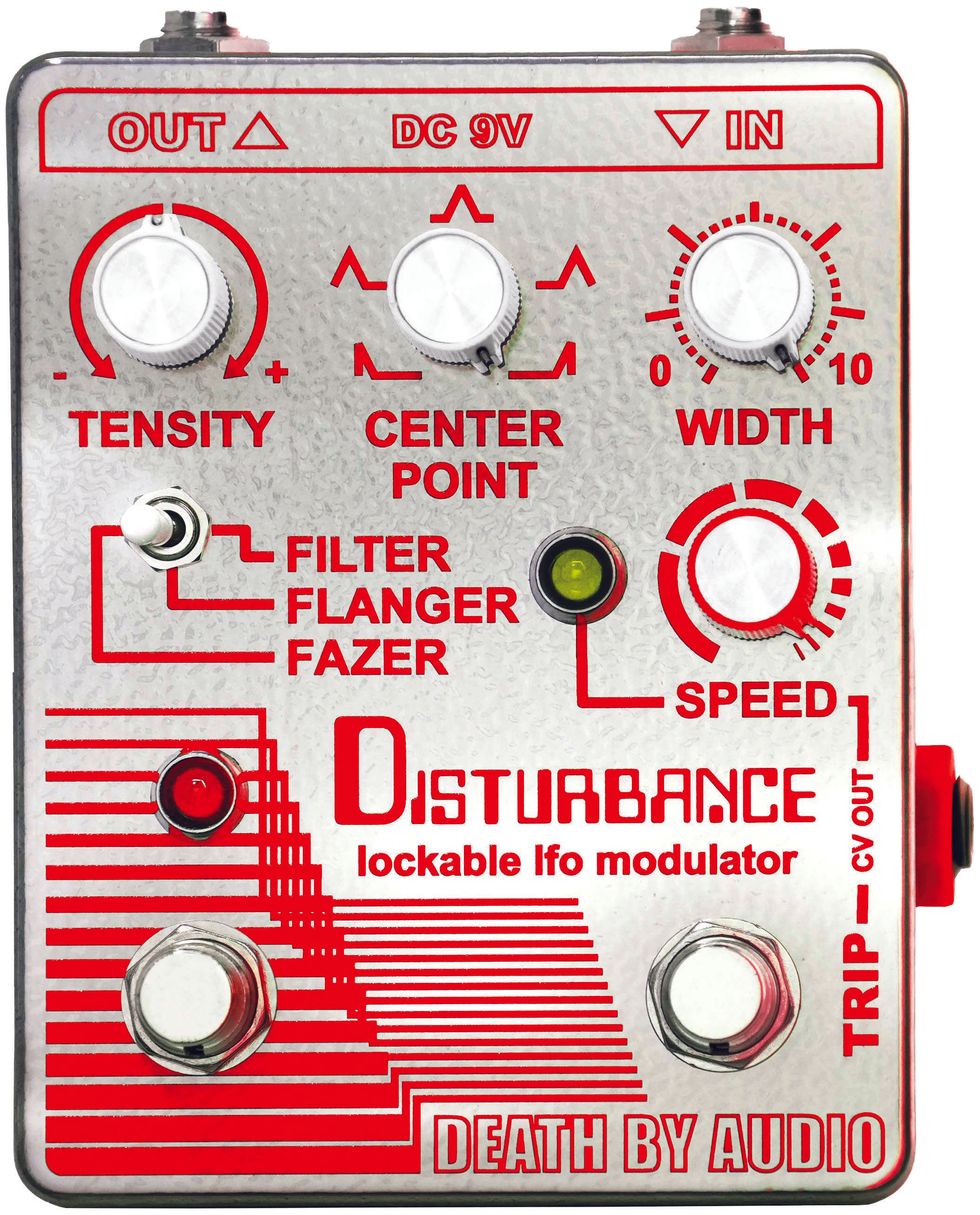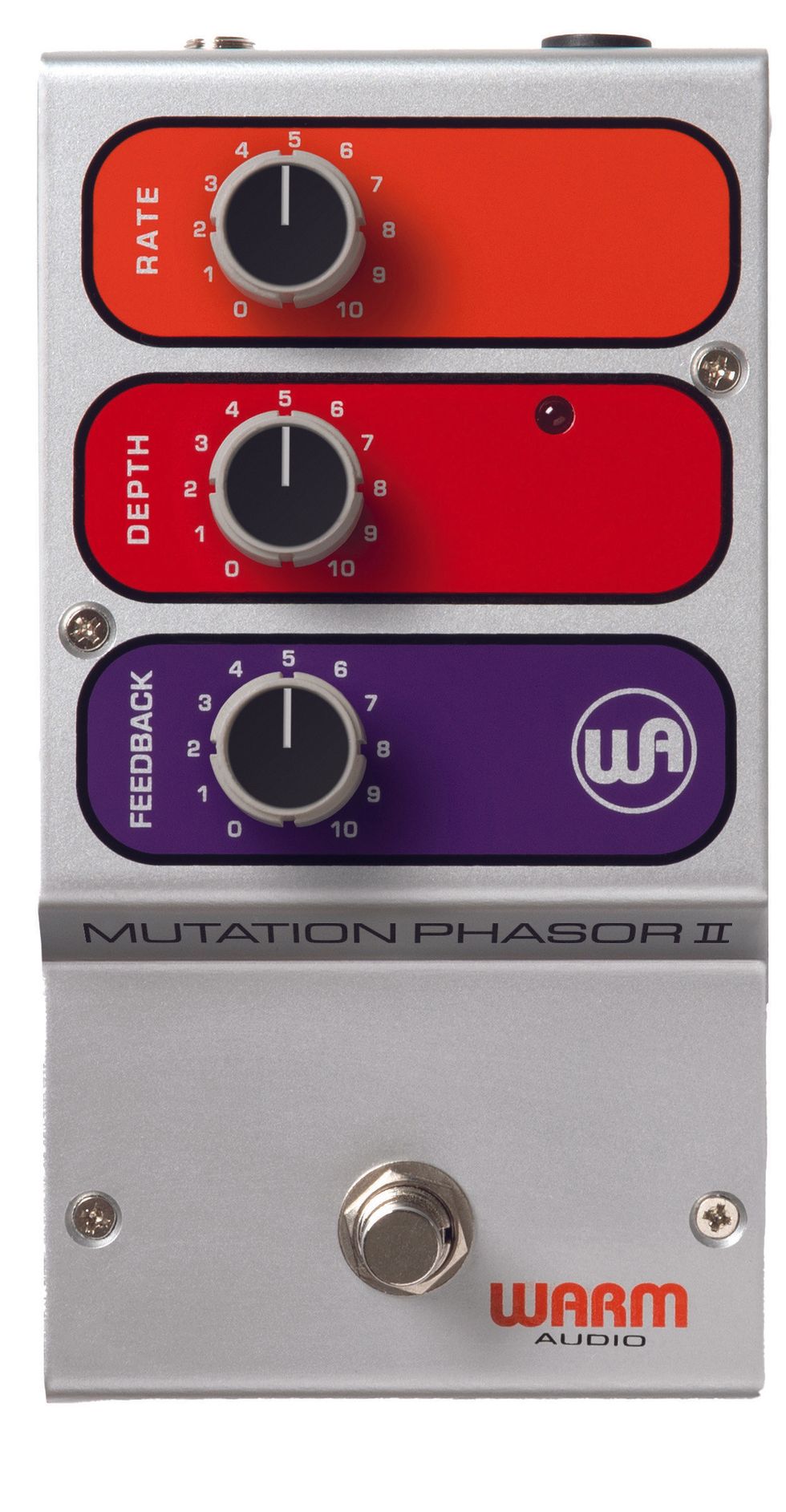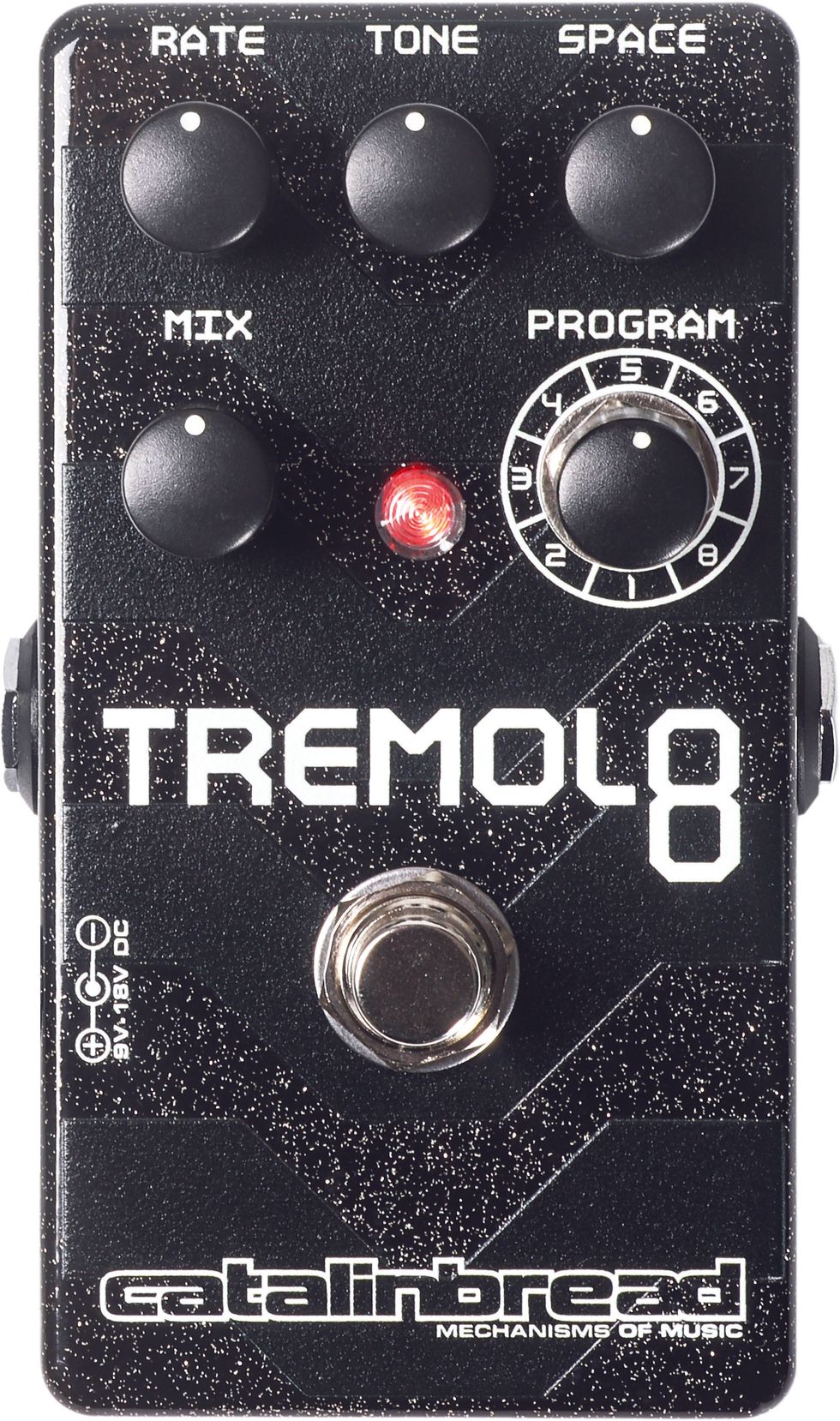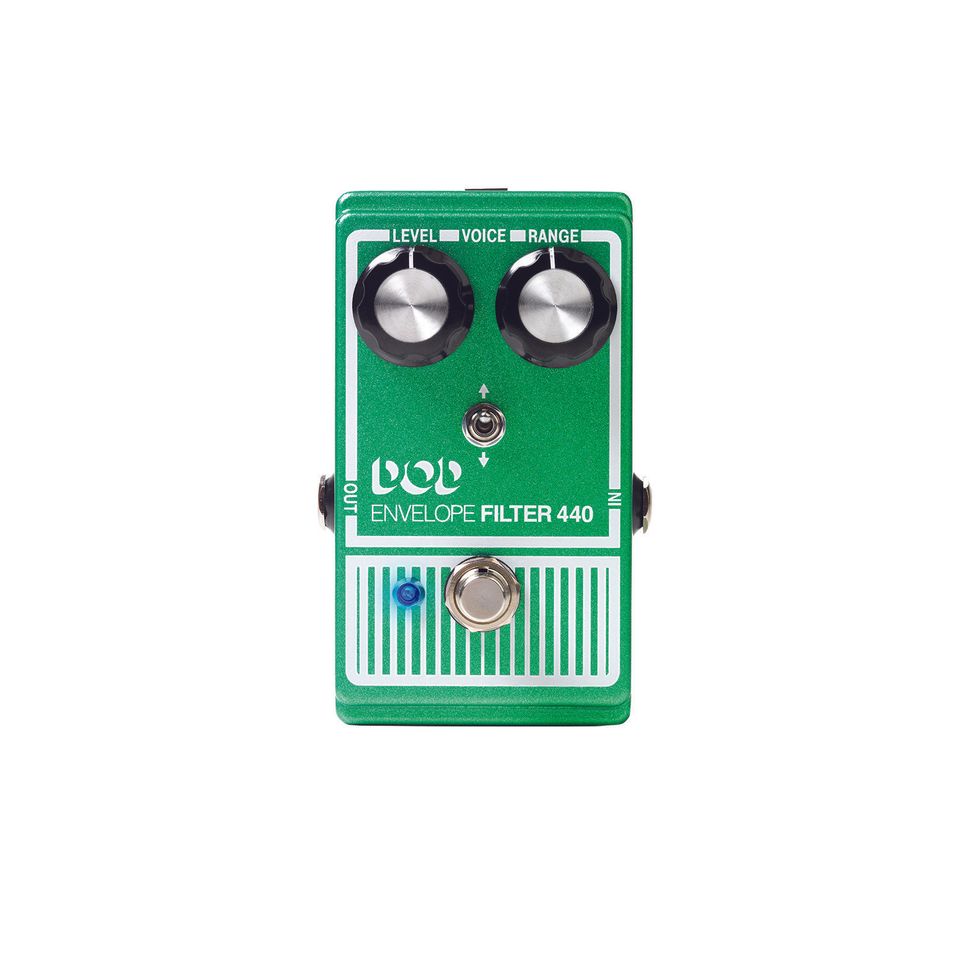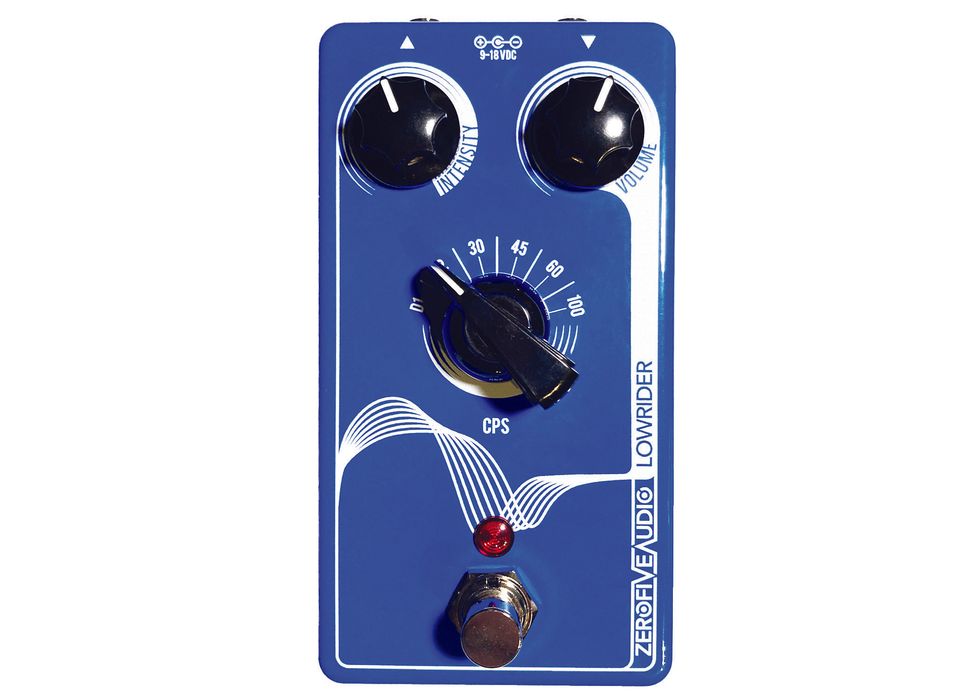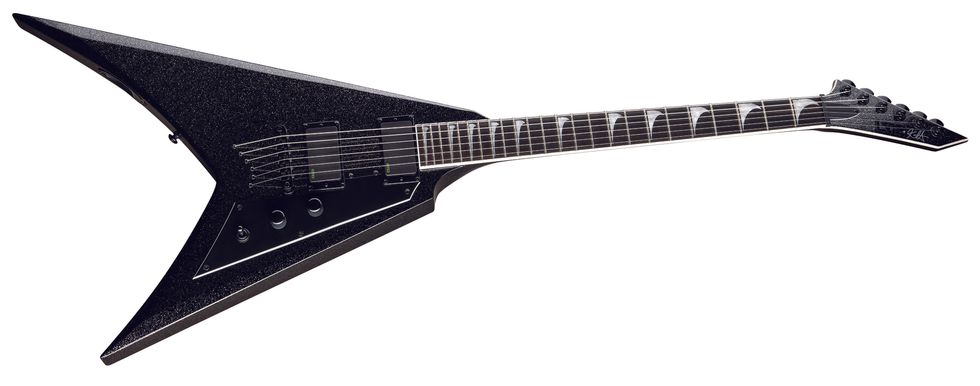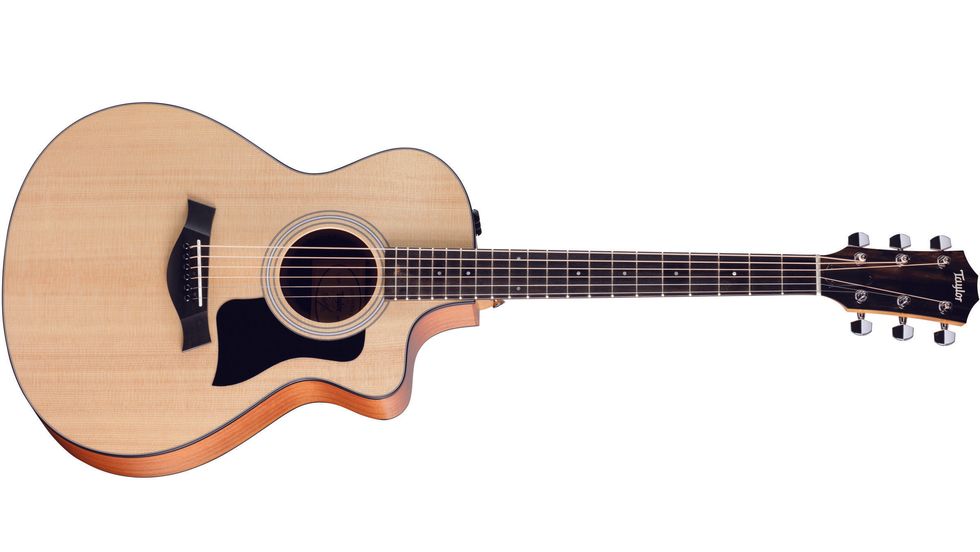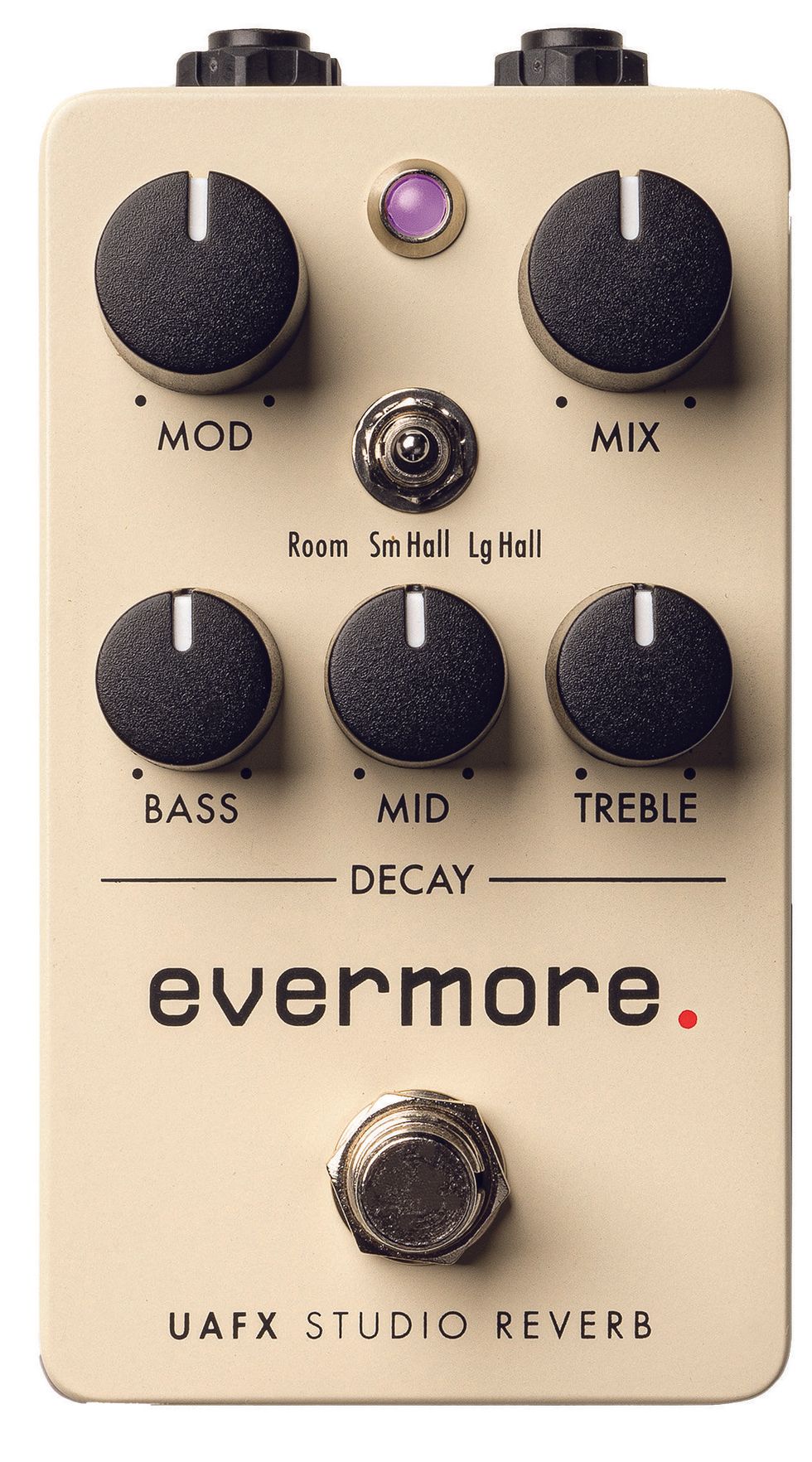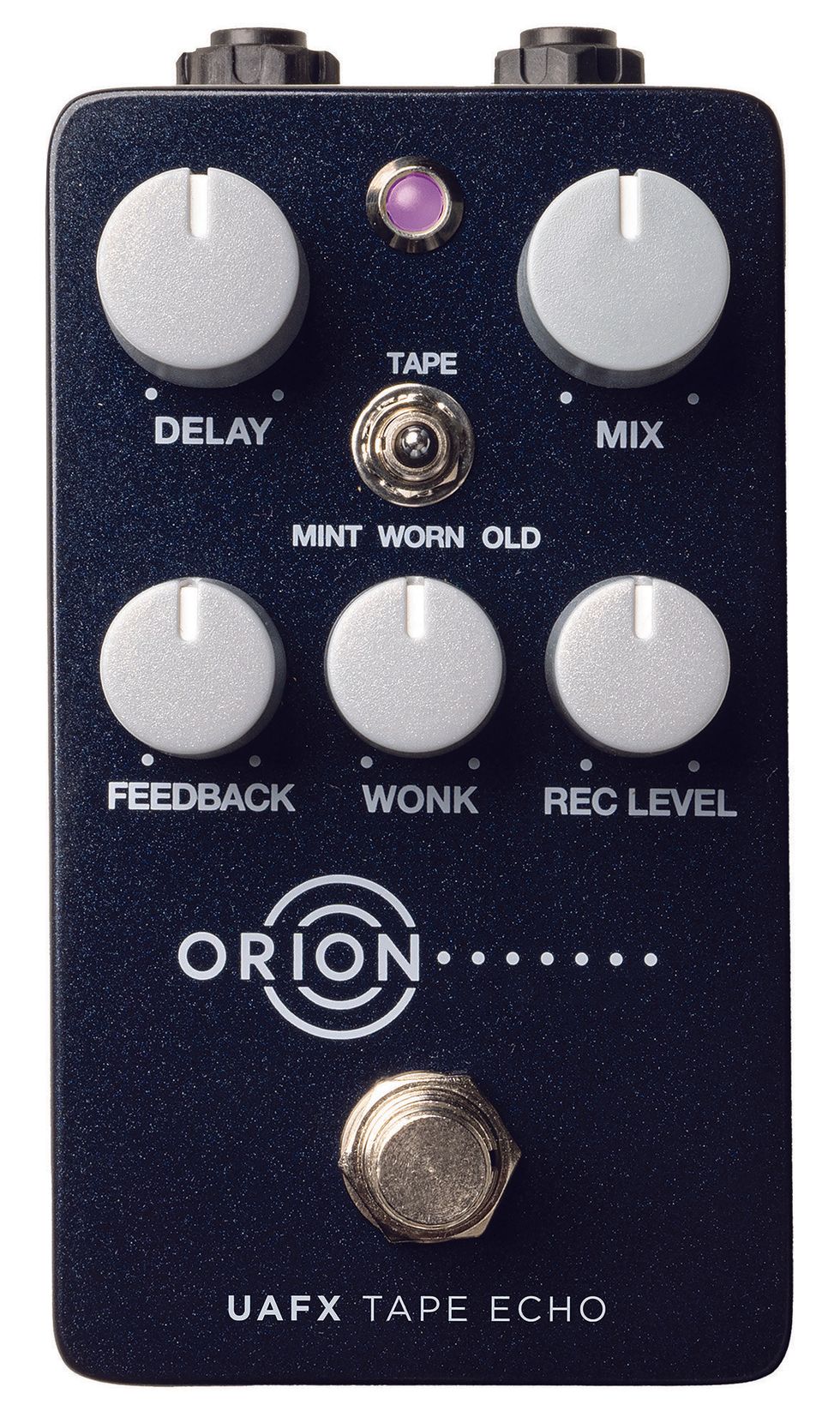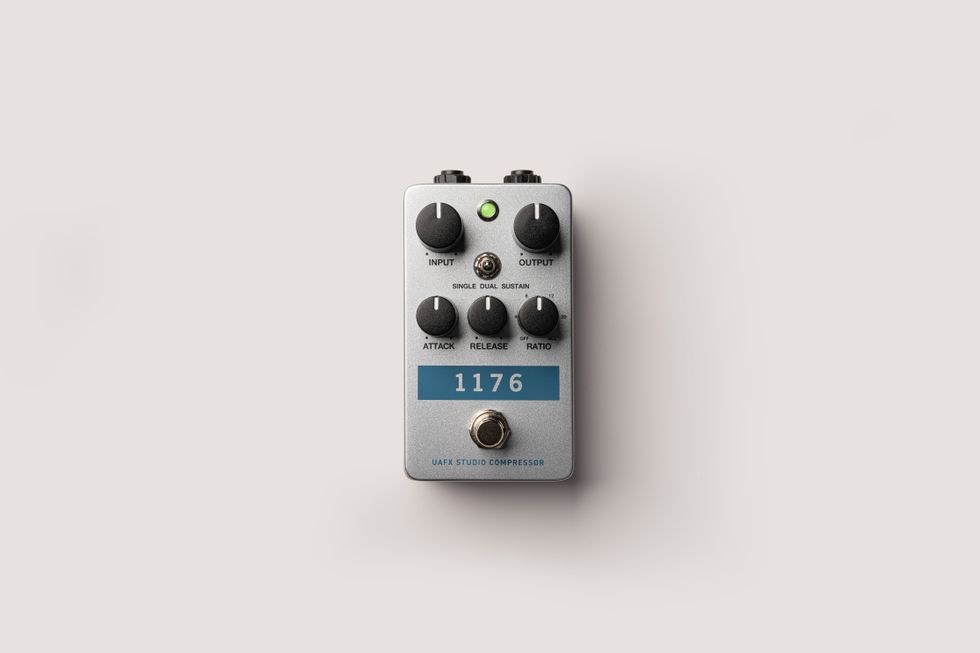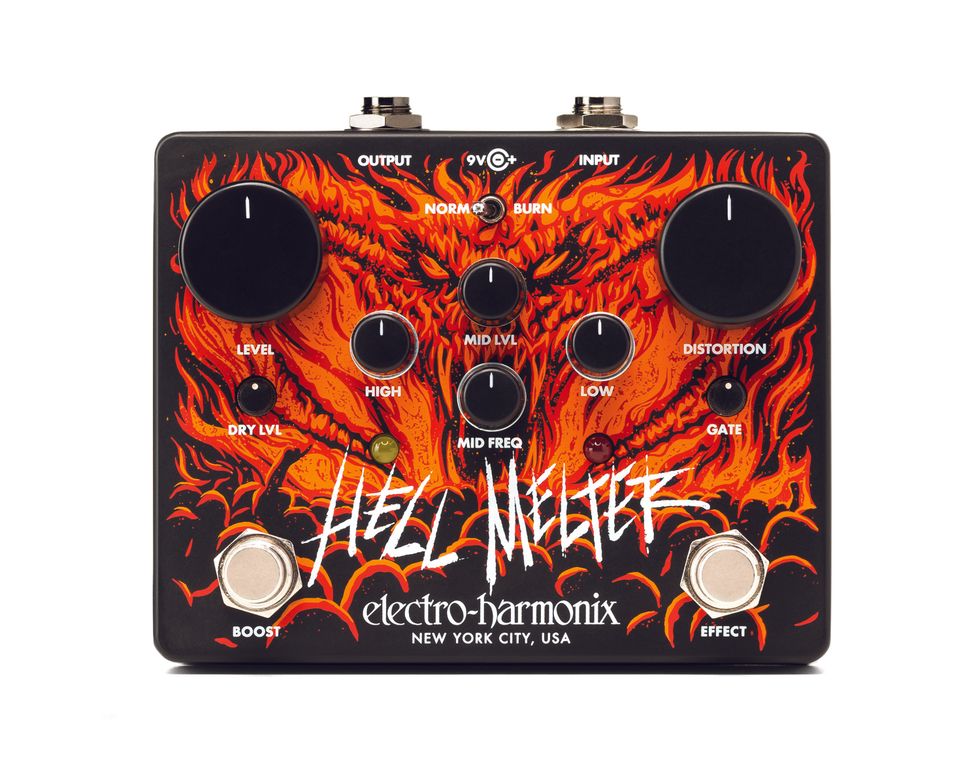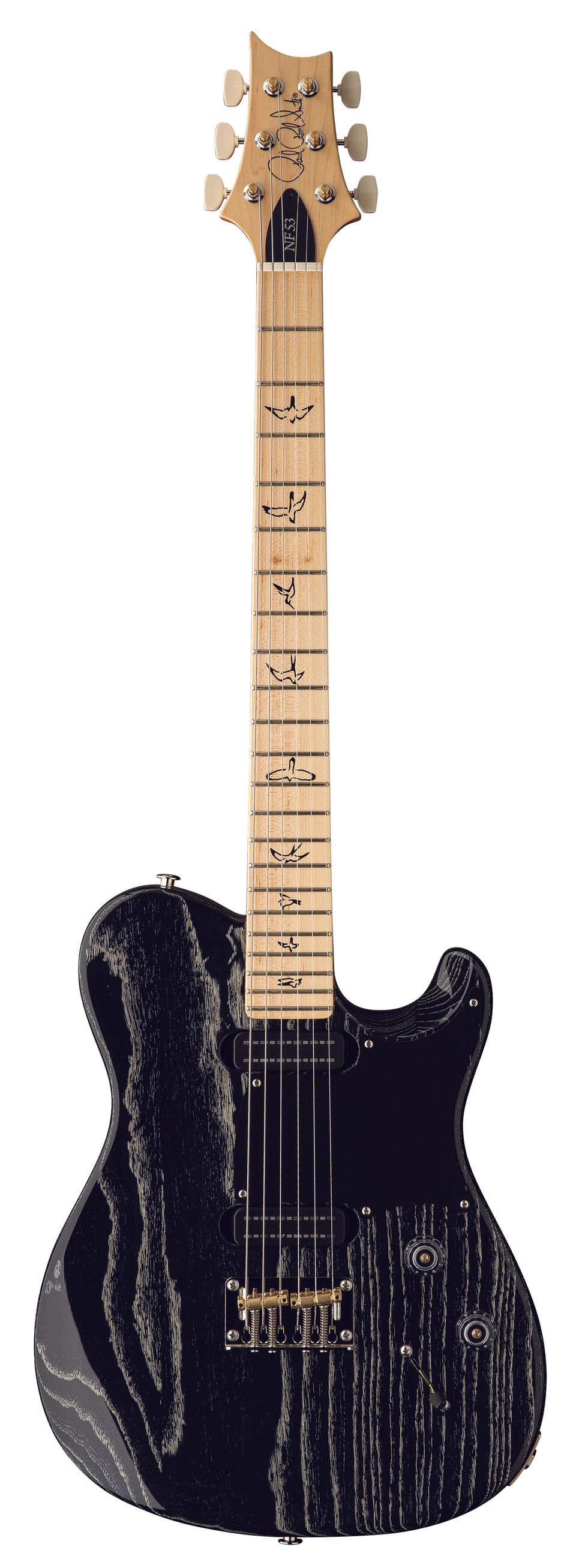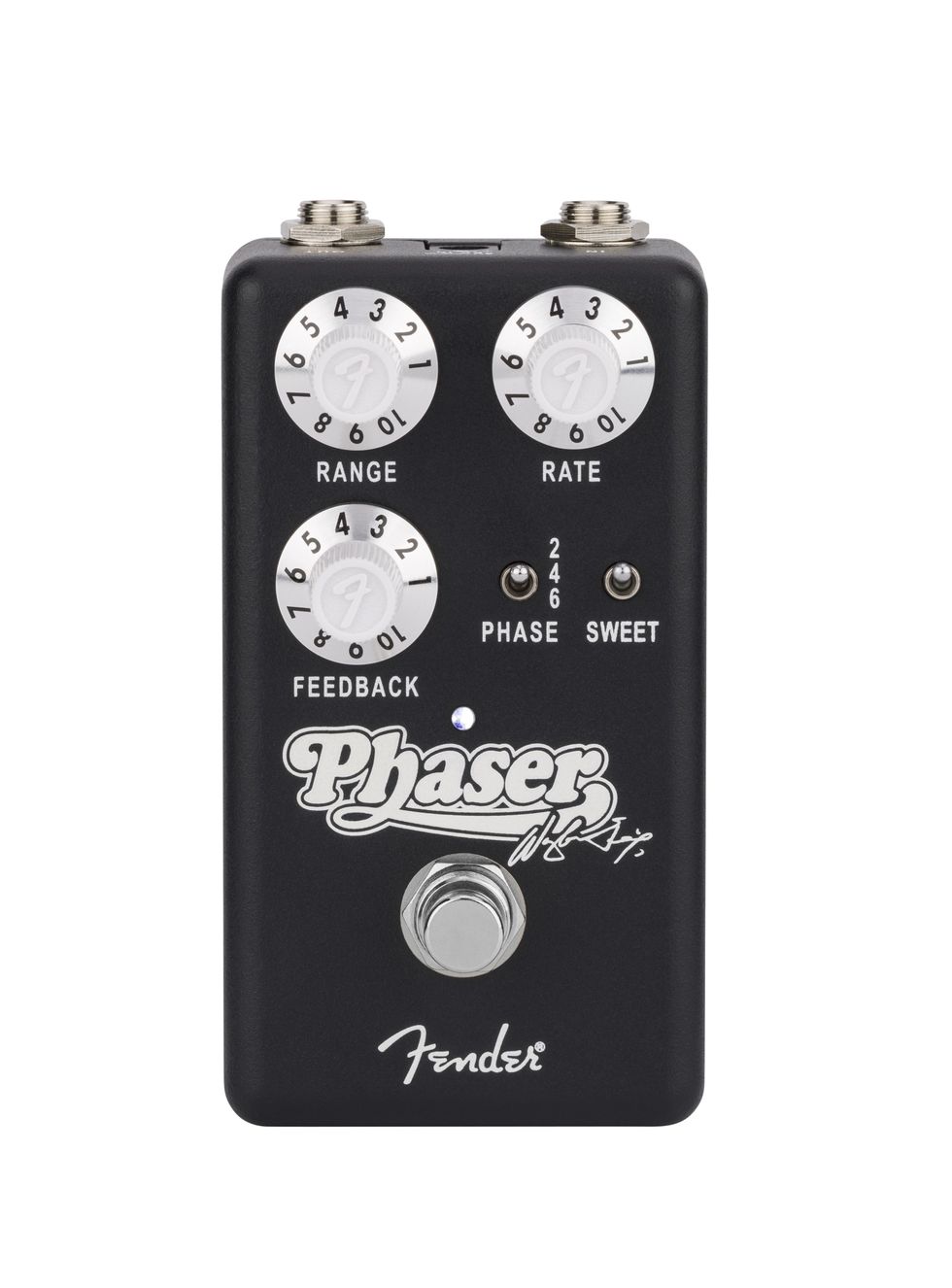It’s easy to end up the weird kid brother when you have a legendary relative like the TS9. Ibanez’s SD9 (the SD is for “sonic distortion”) suffered this indignity—at least to the extent inanimate objects can suffer such things—for many years. Players, many who probably never touched the thing, sometimes lazily classified the pedal as a more powerful TS. That assessment is pretty off, though. Had more potential customers known how nasty and huge it could sound, they might have taken more notice.
Scott Henderson did. As a fusion-jazz master with heavy rock and blues-tone leanings, it’s easy to understand why. The original SD9 is a perfect match for his articulate, precise, and heavy style, particularly because it lends clear but singing mass to individual notes across the whole of the fretboard. TWA’s SH9 Scott Henderson Signature Distortion is a high-quality, refined take on the SD9, built with input from Henderson and the guiding hand of Mr. Susumu Tamura, who designed both the Ibanez TS9 and the SD9. That’s a lot of experience to draw on. And the effect of the combined expertise is audible. The SH9 is a rich, detailed, and responsive distortion.
The Road Less Taken
The tale of the SH9 would take a while to tell. It’s one of intercompany intrigue, an artist reluctant to be involved in a “signature edition” effort, and a very resourceful team of circuit-design masters up for the challenge of chasing details that, perhaps, only dog ears (and a certain Mr. Henderson) can hear.
“The mid-scooped profile yields throaty, punchy distortion sounds, but can range to fuzzy extremes.“
The tale has a very happy ending, though. Scott Henderson gets a pedal that betters his original SD9 in most respects. The SH9 also ensures that the ideas behind an earlier collaboration, the Maxon SSD-9, live on. Mr. Tamura made sure that much of the SSD-9’s lineage remained in the SH9. There are ALPS pots, Marushin jacks, and WIMA metal film capacitors. The build quality feels every bit as good as the pedals TWA and Godlyke built with Maxon, which were beautiful pieces of hardware. The dials feel great. The true bypass 3PDT switch is quiet, and the circuit board, while inverted to conceal its components, is a picture of near-perfect order. The pedal is substantial, too. It almost feels carved from marble.
Muscle and More
There are many compelling, rowdy, and vocal sounds in the SH9. The mid-scooped profile yields throaty, punchy distortion sounds, but can range to fuzzy extremes. It can even sound a little like a low-gain Big Muff—particularly with neck pickups. It’s an awesome texture to have at your disposal when you want the suggestion of weight and aggression, but need more definition from note to note. The SH9’s mid-scooped profile also means that it has traces of overdriven Fender black-panel amp lurking at some settings—another bonus when you want to extract more detail from high strings, but also a testament to how natural the SH9 can sound and feel.
The SH9 makes room for high-string output and top-end harmonics to shine and breathe at most gain levels. I’d guess this quality had much to do with Henderson’s attraction to the SD9 in the first place. But the way the SH9 walks the line between hot and not-too compressed is very impressive. It makes fast flurries of lead notes sound extra articulate, but it can also make simple movements in folk chord shapes sound thrilling.
The Verdict
Three-hundred bones is a lot for a distortion pedal. But the SH9 excels at mating clear, present, melodic properties to straight-ahead muscle. It covers a lot of ground, too. It’s organic and detailed enough to stand in for hot Marshall tones. It will flirt with fuzzy textures. And, as you’d expect, it’ll rip in the heated lead zones Henderson inhabits. If I was in the studio and I needed a great distortion sound fast and with no fuss, I know what pedal I would reach for.


